Dive Trip Report: Puerto Vallarta
Our first trip to Puerto Vallarta! We explored the town and surrounding areas, and dove three days at the local sites.
We decided to celebrate my birthday with an extended trip to Baja California Sur, Mexico exploring the land and sea. After an easy 3-hour flight from home, we began our adventures in San Jose del Cabo, where we spent a few days exploring the town before heading to nearby Cabo San Lucas to meet up with Nautilus Adventures at their SeeCreatures dive shop. From there, we spent a full week scuba diving around the many islands in the Sea of Cortez near La Paz and Loreto. After our week onboard the Nautilus Explorer, we continued our adventures by spending four wonderful days in La Paz. We explored the city’s vibrant culture, enjoyed delicious food, and took in the stunning scenery.
To avoid completely burying the lede, on our last day we had the best diving of all. We got to dive with a school of hammerhead sharks and we had many encounters with them!
We had previously spent a week onboard the Nautilus Belle Amie and had a fantastic time. For this trip we decided to join Nautilus Adventures again, this time on the Nautilus Explorer for their “La Paz and Loreto Great Circle” dive trip. The Nautilus Explorer is a fine ship, and the crew were friendly and professional — however I don’t think they were quite up to the level of the Nautilus Belle Amie. Overall, the experience was a good one, but it wasn’t as good as our first trip. The chef on the Belle Amie had exceeded our expectations, but the chef on the Explorer merely met our basic expectations. Admittedly, as vegans, its hard to get fed well on a liveaboard. The crew was a mixed bag. The captain and hosts were amazing, and I can’t say enough good things about them, but the first mate was always grumpy and seemed to be in a bad mood. Two of the three dive guides were pretty good, but the third guide was not what I have come to expect from Nautilus Adventures. Don’t get me wrong, the crew worked their asses off, and our experience wasn’t bad by any means, but it could have been better. All the crew on the Belle Amie were amazing, and I wish the Explorer was staffed to the same level of excellence.
There was a lot of diving on this trip. We had four dives per day for a total of 24 dives in the trip. I managed to do 23 of those, skipping the last dive to get some extra time to let my equipment dry out.
All of the sites were great. I can’t say I had any bad dives—well maybe one (more on that in the dive log section below). Every site was unique with its own characteristics and sea life. Some sites were deep, some had current, some were a mix of rocks and sandy bottoms, and some were steep walls that disappeared into the blue depths.
I could not believe the conditions on this trip! The water was so warm that most of the time we didn’t even need a wetsuit. In fact, Becca did most of her dives in just a full-length rash guard. I stuck mostly to my trusty 3mm wetsuit, but a couple of the shallower dives were just too warm for that and I went without a wetsuit as well. Even as deep as 100 feet, we still had water temperatures in the mid-80s at many sites. The average water temperatures were in the upper 80s in the first 20-40 feet, and only dropped to a low of 81 on the few occasions we hit a thermocline, which was typically at 40-50 feet. Looking at my dive log stats the warmest temp was 89ºF, the lowest was 81ºF. The deepest dive was 109 feet, but average max depth was 62 feet, and the average for the whole trip was 38 feet. Longest dive was 1 hour, 10 minutes and the average dive time was 55 minutes.
All dives fell into three categories by topography: pinnacles, seamounts, and steep-slope rocky shorelines that transitioned to sand and gravel bottoms. The pinnacles had varying degrees of slope made of boulders and rocks, which ended at sand and gravel bottoms. Some of the sloping rocky shorelines actually had greater degree of drop than the pinnacles almost wall-like, and also ended at sand and gravel bottoms.

I managed to snap pictures of all the dive site maps drawn by the guides, so I’m including them here along with my descriptions of the sites. Diving is all done from two zodiac RHIB skiffs. We would board the skiffs in full gear except for fins. Then our fins and cameras are passed to us after we are in the boat. We then put our fins on while motoring to the dive site. The splash was by back-roll off the side of the skiff.
The first three of these sites were within the same general location (within view of each other from the Explorer’s top deck) off the island of Espiritu Santo. The night dive was at a site on the south end of Espiritu Santo in the channel between the island and the main peninsula. This was the only day we did any wreck dives or a night dive.
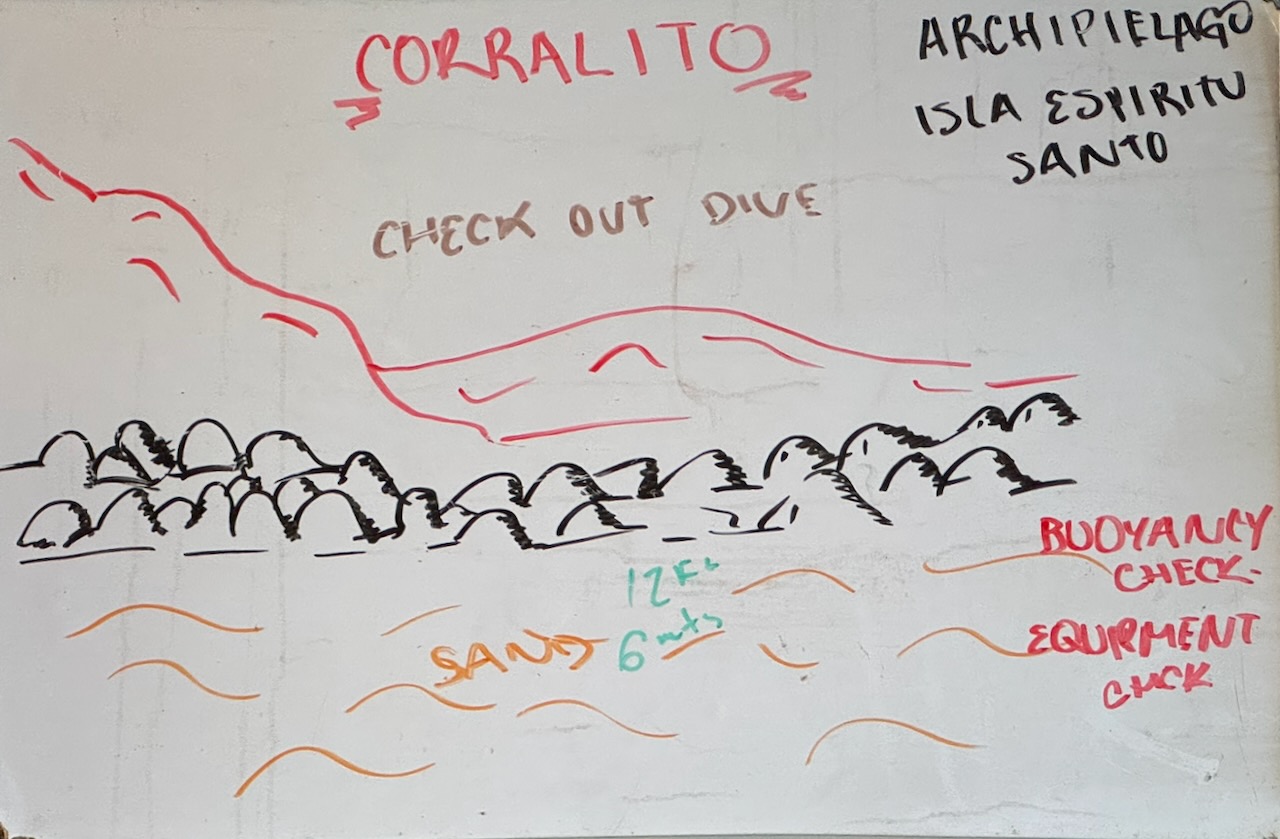
This site was our “checkout” dive site. Corallito is located in one of the numerous bays on the island of Espiritu Santo, and was shallow and sunny, with a sandy bottom that ran to a rocky slope to the shore. This was the first dive and was meant as a chance to shake-out the gear and ensure everything was sorted out and we were properly weighted. The site was really beautiful and packed with hard corals. This was new to me in the Sea of Cortez, I’d never dove somewhere there that was so full of hard coral. The water was very warm, in fact, some of the coral was showing signs of bleaching due to the high temperatures. Visibility was pretty good at about 80 feet and it was very bright and sunny due to the shallow depth.
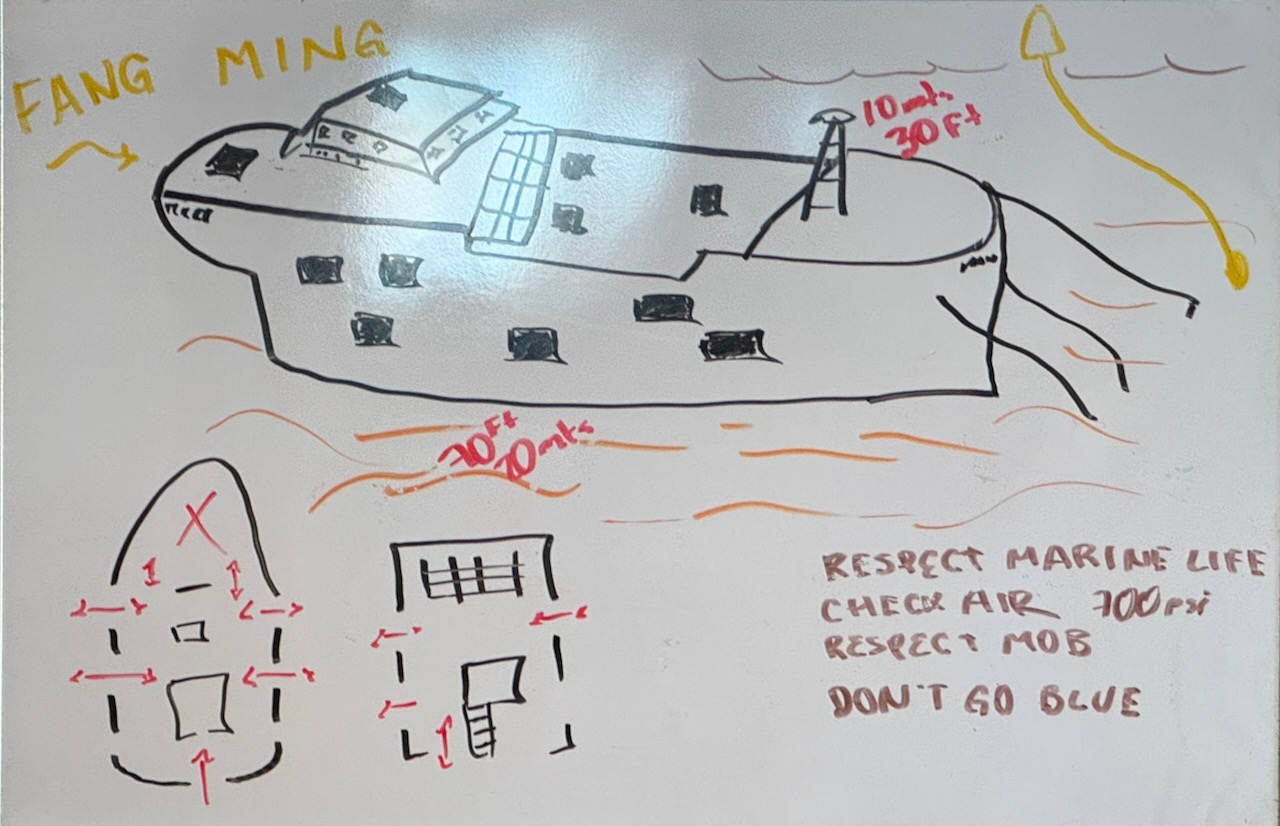
The Fang Ming was a large ship that was intentionally sunk off the island of Espiritu Santo to create an artificial reef, and site for divers to explore. The ship sits upright on the bottom with the topmost parts at about 30 feet, and the sandy bottom at about 75 feet. While we aren’t really into wreck diving, this was still a very interesting dive, and we explored the outside of the wreck. The site was full of small fish, turtles, and there were many places where black coral, soft cup corals, and some small hard coral was growing on the ship’s surfaces. We saw a couple very large turtles on this site. Visibility was ok at about 50 feet.
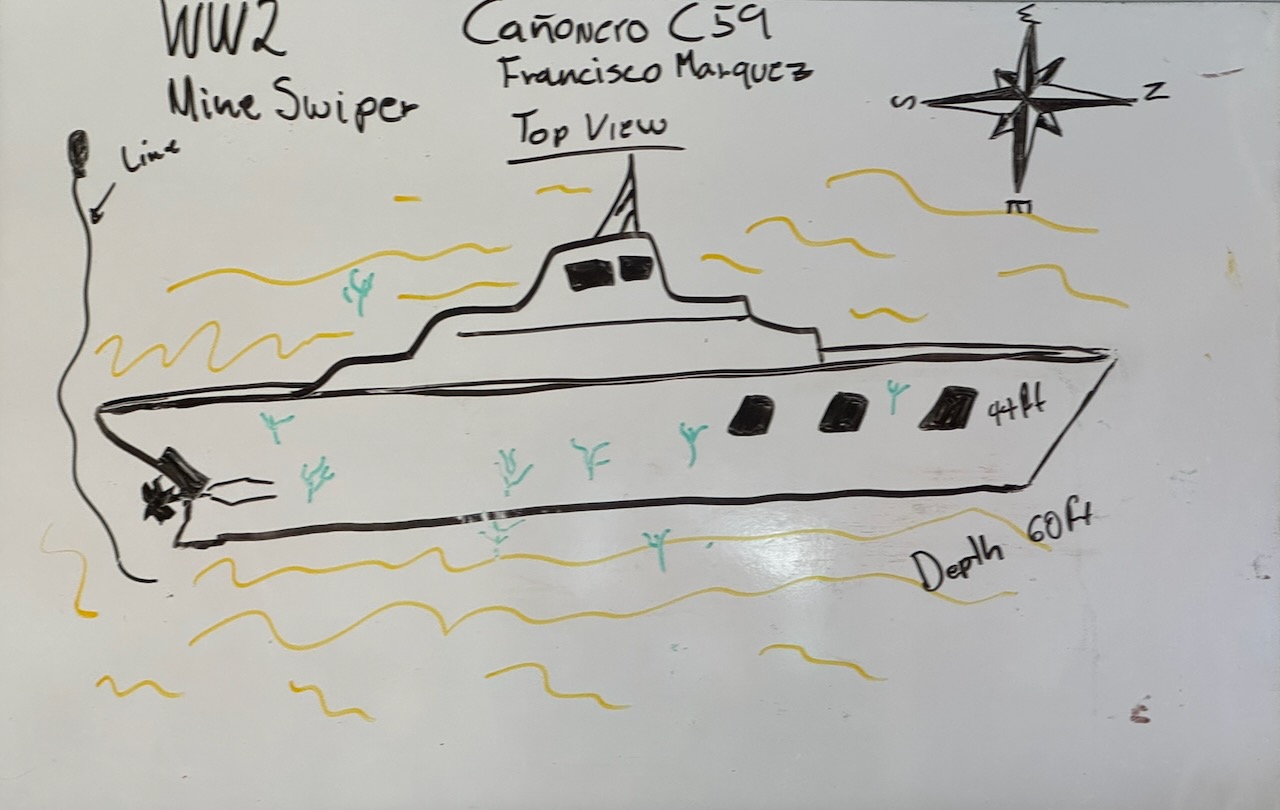
This is another ship that was intentionally sunk to create an artificial reef and dive site. Unlike the Fang Ming, this ship had fallen on it’s side and sat with it’s top deck perfectly perpendicular to the bottom. This made the dive a little disorienting, as you’re swimming “sideways” along the top deck when you’re next to the ship. Again, we didn’t enter the wreck, but the outside was very neat. We saw one turtle and several large leopard groupers at this site. Visibility was a little worse at about 40 feet.

Swanee reef is a shallow rocky reef located between Espiritu Santo and the Baja California peninsula on the southe end of the bay of La Paz. This was the only night dive of the trip. Overall it was very enjoyable. The night “bugs” (the little isopods/worms/invertebrates) in the water weren’t an issue this night. My last night dive in the Sea of Cortez, they were so thick that the end of my flashlight looked like a squirming ice cream cone. Thankfully, that was not the case on this dive. The other fish and critters out on the reef were interesting, I saw several sleeping fish, some moray eels out hunting, and lots and lots of tiger-tail sea cucumbers and sea hares out feeding.
For our second day of diving, we motored overnight east to the island of La Reina near the main island of Cerralvo (also called Jacques Cousteau Island), where we did all four dives for the day. La Reina is a small pinnacle. Of all the pinnacles visited, it had the least amount of slope. It has two tiny peaks with a canyon/valley in the middle. This site is close enough to La Paz that day trips can be done here. It can get crowded at times, but for the most part we didn’t bump into other groups underwater.

This was a generally shallow site. There is the main island which is separated by a cut with a smaller pinnacle that didn’t quite break the surface of the water. To the south of the island is a flat expanse and a broken up wreck of a ship. The island was home to a small group of sea lions which we got to interact with on a couple of our dives. We also came across a couple of giant schools of machete and big-eye scad that we got quite close to and at a couple points were even enveloped in. I have some epic shot of video of these big schools of fish, so be sure to watch the video below! Visibility started out great at 100 feet, and it dropped to about 70 feet as the current picked up through the day.
We cruised overnight again from La Reina to our new sites for the day.

El Bajo is a set of deep underwater plateaus called seamounts. The shallowest plateau was 65 feet deep with the seabed below our maximum operating depth (due to using Nitrox) at 120+ feet. We came here primarily to look for hammerhead sharks—which are known to frequent the area. Unfortunately, the water was too warm for the sharks to be here. The sharks only come there when the thermocline is present. Since the site is otherwise challenging (deep with some strong currents), without much more unique things to see, we chose to pull anchor and head to our next site.
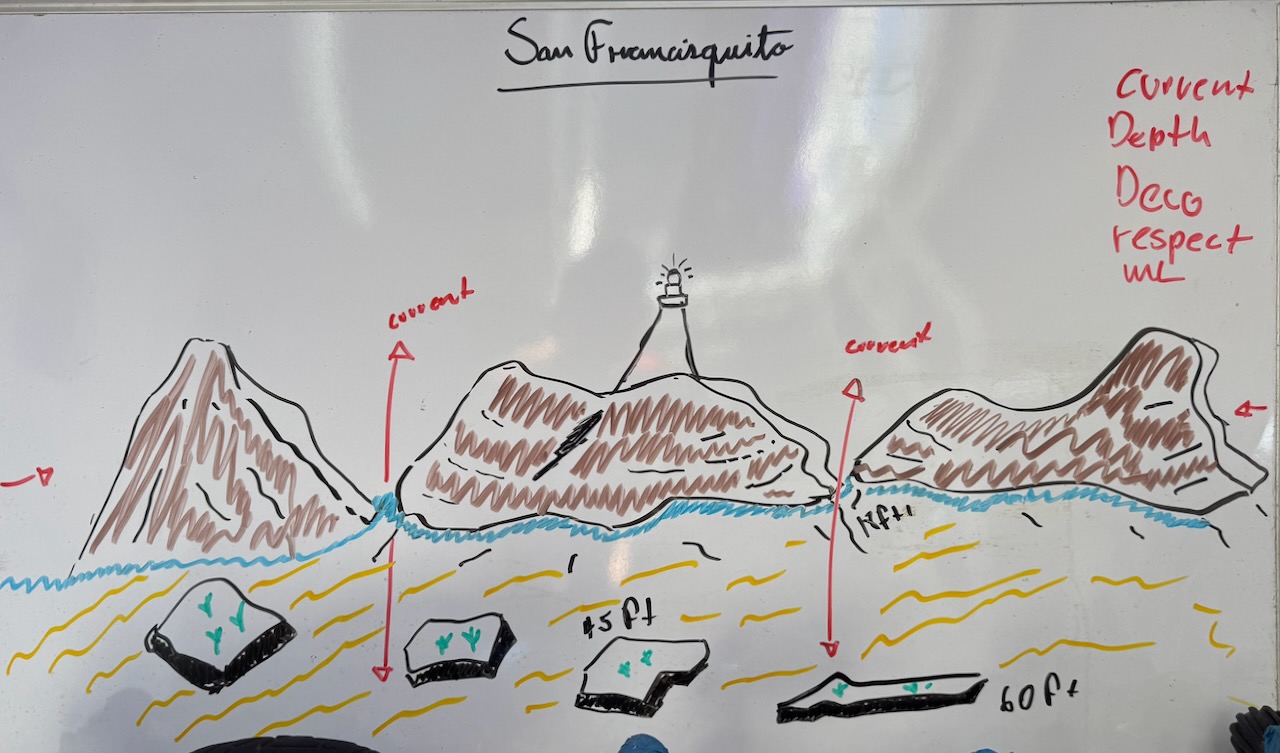
This was essentially a large cluster of rocks, too small to really call islands, though I guess they technically were islets. This was a shallow site with a max depth around 60 feet. Our guides warned us of currents that can rip between the islets, but we found that once we were in the water, there was no current at all and the diving was very relaxed. There were sea lions at this site as well, but they weren’t very interested in playing with us. The coolest thing we saw out of the 3 dives was a pair of absolutely gargantuan porcupine fish. It was a male following a female. The male was really big. The female was the biggest porcupine fish I’ve ever seen. It was beyond huge. It had to be as long as my leg, with a head as thick as my waist. Another interesting part of this site was the unique rock formations underwater. There were times where it felt more like we were flying over the surface of the moon or mars due to how the rocks formed expansive flat fields as far as the visibility let us see. Visibility remained around 70 feet for all the dives.
Our fourth day of diving was off the island of Coronado up in the Loreto Bay National Park, a marine protected area off the coast of the town of Loreto.
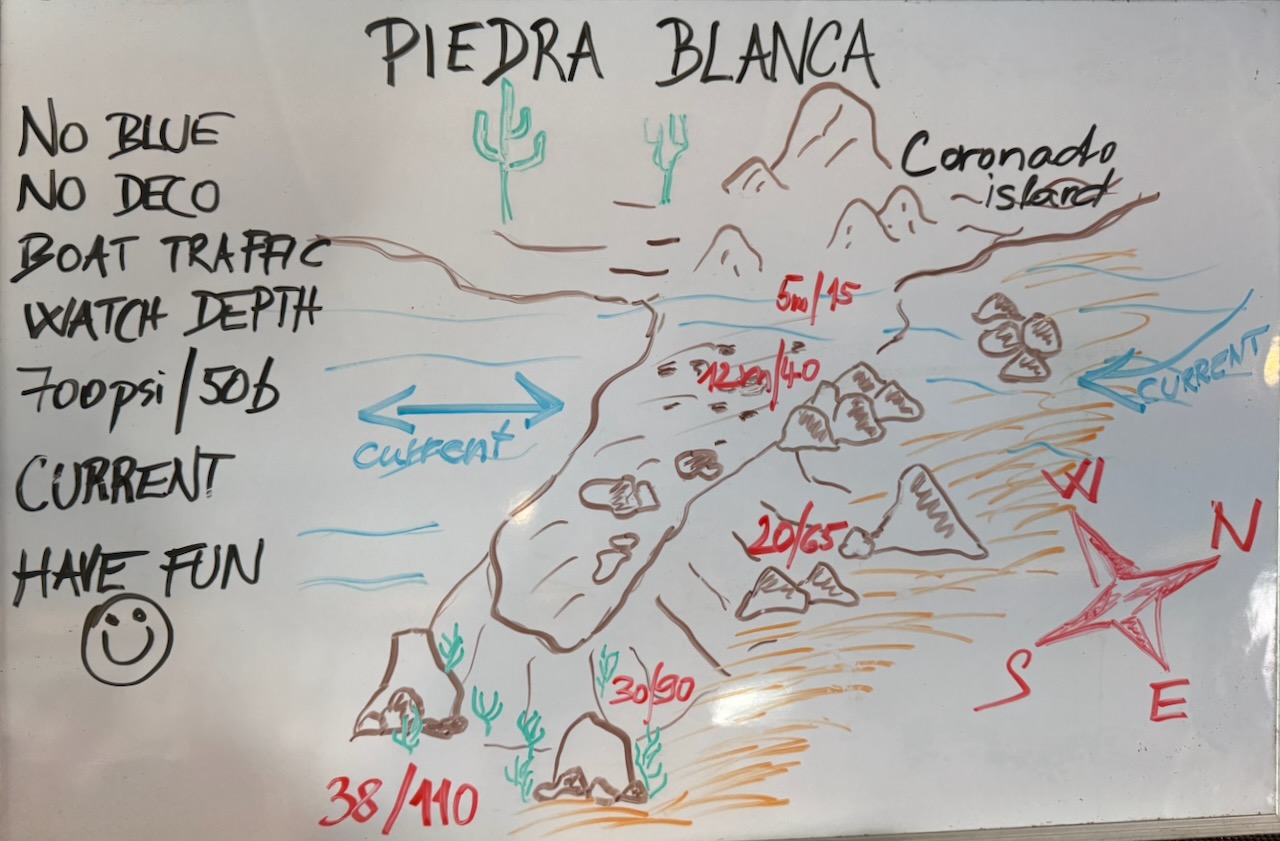
This was a very pretty site with a good range of depth and conditions. There was a lot of black coral at the deeper end of the dive. We did two dives here. There was one problem though. The water at this site was full of stinging stuff. I noticed that there were a lot of feathery stinging hydroids on the rocks here; and I don’t know if earlier wave action or currents broke them up, but the whole site was totally filled with invisible stinging particles. It was like swimming in battery acid and my face, neck, ears, and hands got stung pretty extensively. Even the fish were acting erratically like it bothered them as well. Fortunately the pain from the stings didn’t last long once we were out of the water. Everyone got stung to some degree though. It was not fun. Thankfully, the next two sites did not have this problem. Visibility here was ok at about 50 feet. The coldest thermocline was found here at about 40 feet the temp dropped to 81ºF.
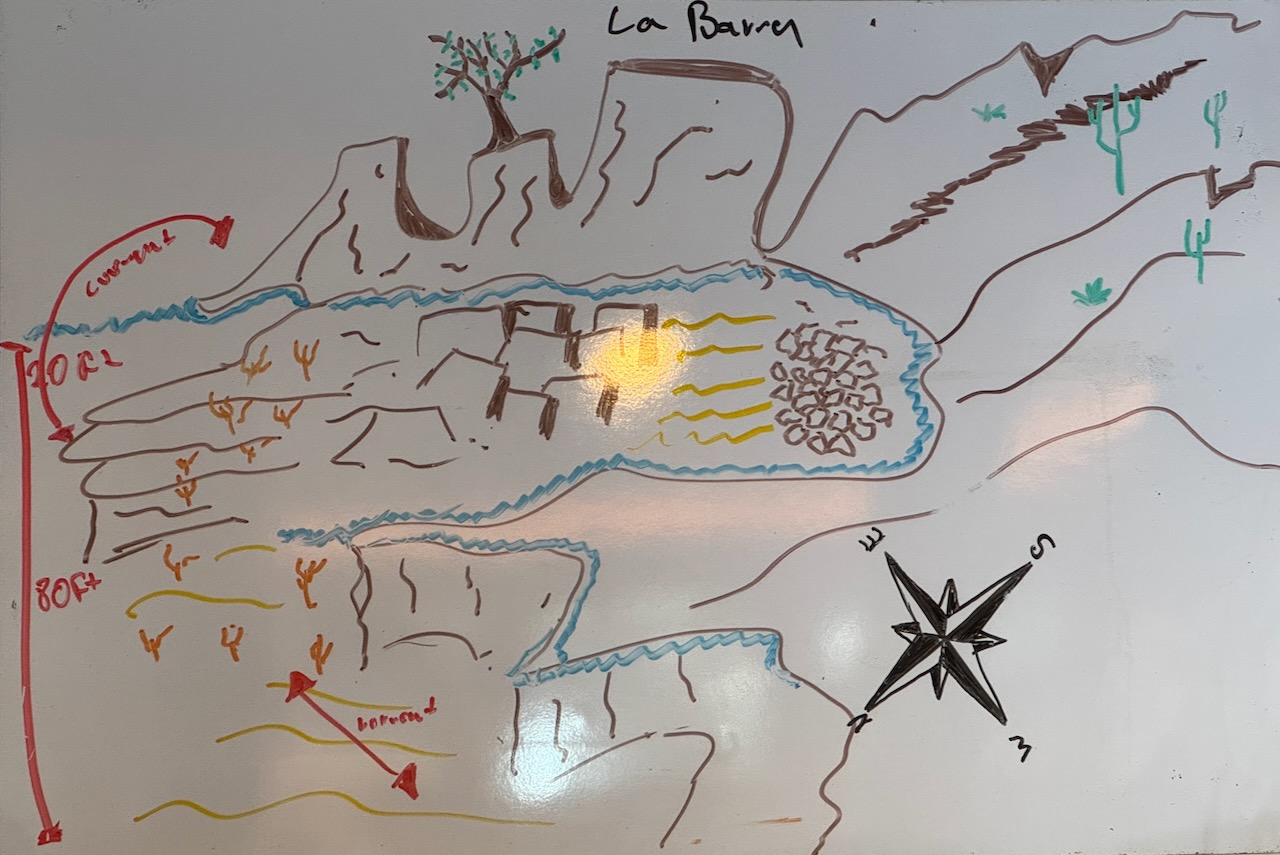
This was close to Piedra Blanca, and was the same topographically as the last site. Same fish to be seen, same visibility rage as well. Thankfully, the stinging hydroids had not been disturbed here and I didn’t get stung any more.
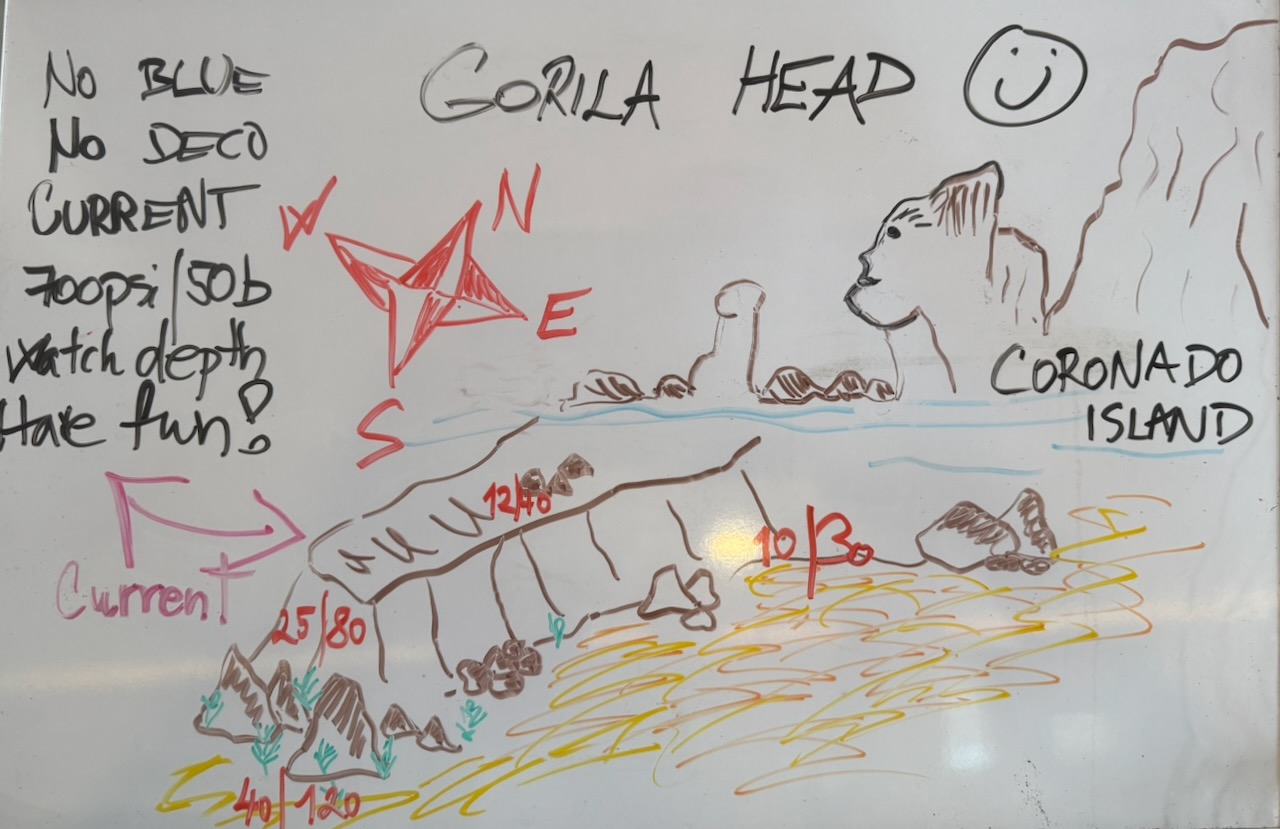
Very pretty site overall. The landscape had less variation than the previous two spots. There were a ton of starfish here. While we didn’t have any notable encounters this was just a nice dive towards sunset.
We didn’t have a site map for this one, but the site was along a wall on the west side of Isla Del Carmen close to the south end of the island, so it wasn’t very complicated to navigate. Visibility was around 80 feet. What made this site stand out was the absolute massive amount of fish here. There were literally thousands of sergeant majors, goatfish, creolefish, and damselfish. This site also had a field of black coral that stretched as far as you could see.
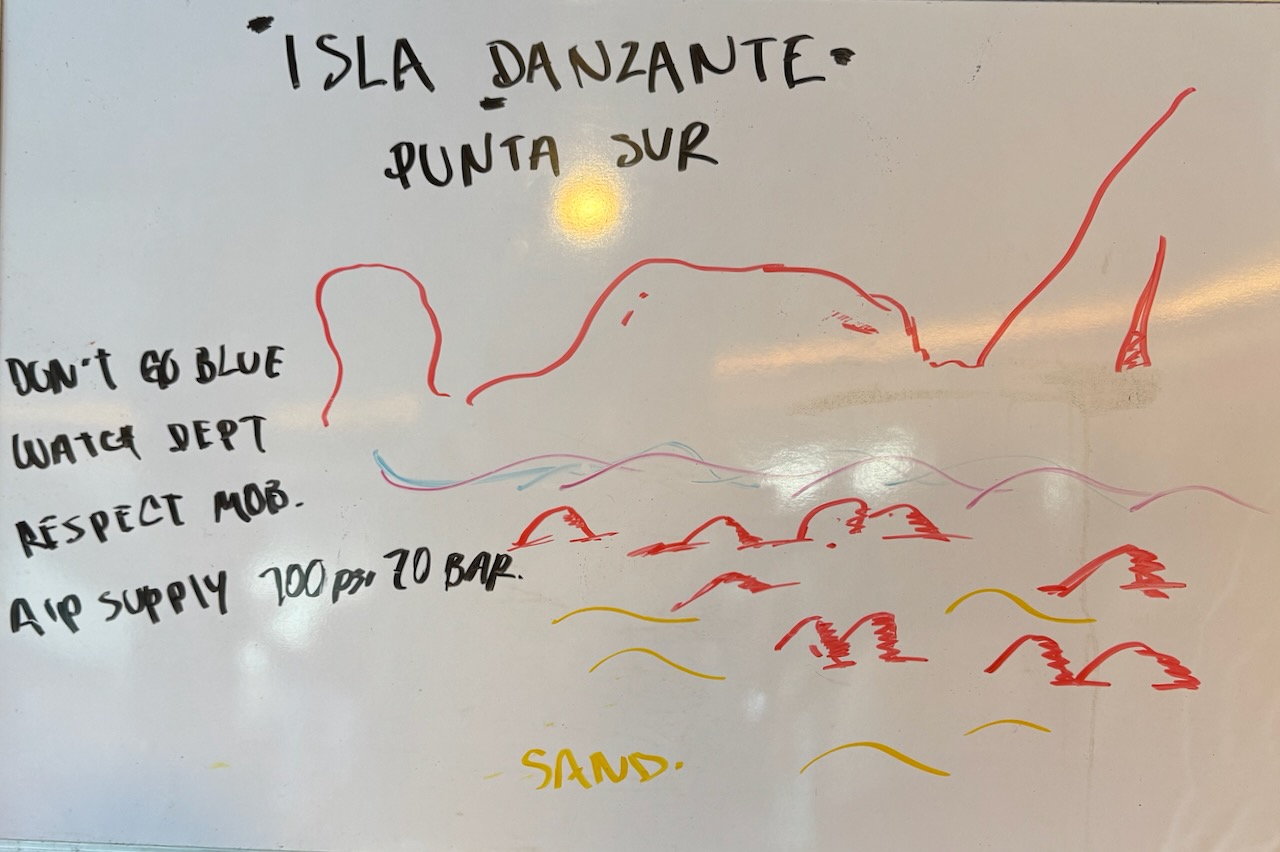
There were lots of large boulders that ended at a gravely slope here. Like at La Barra, there were lots of fish. Visibility remained very good here at about 80 feet.
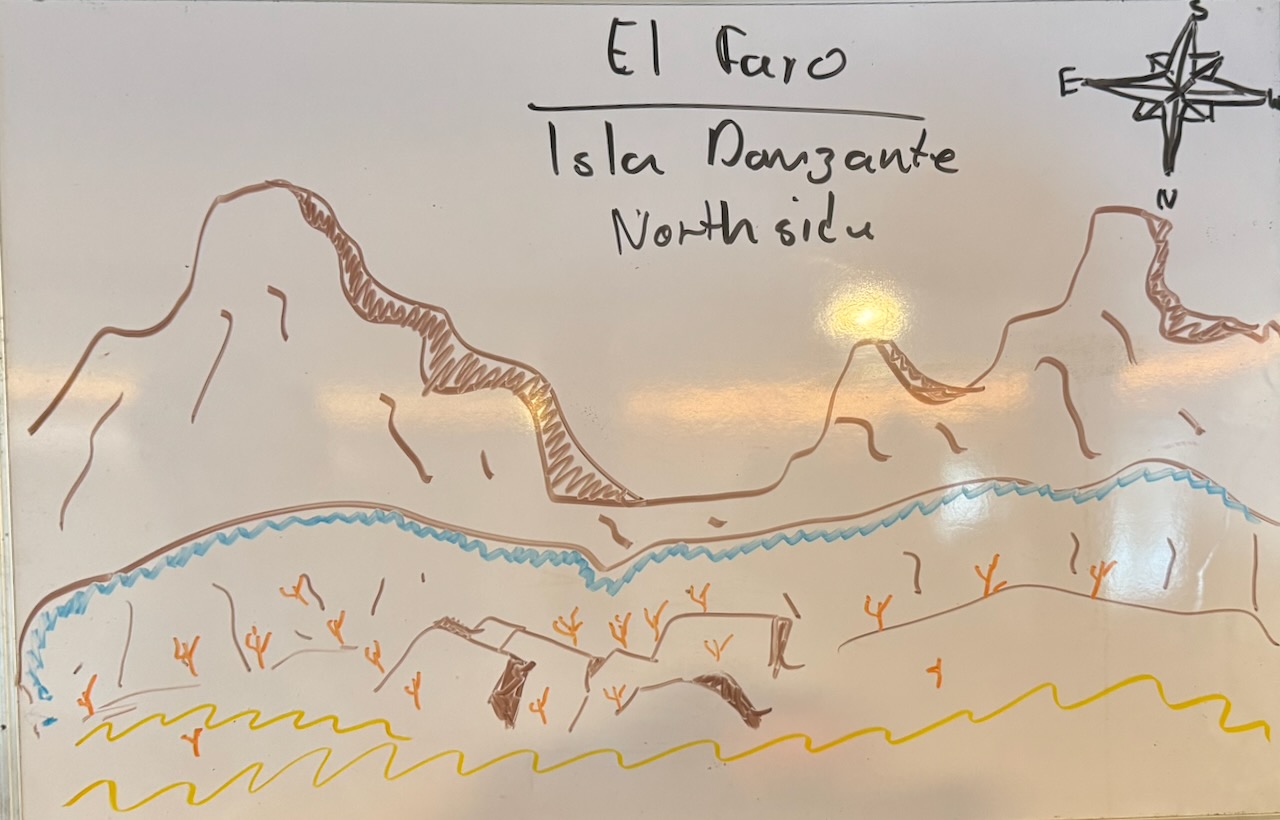
We did two dives here. On one we headed north from the boat, and on the other we headed south. Visibility remained good on these dives.
This was our last day of diving for the trip. We motored south overnight to the island of Las Animas, which was about halfway between Loreto and La Paz, to the east of Isla San Jose. We had been to Las Animas on our previous trip to the Sea of Cortez, and that was during migration/mating season. The entire island was covered top to bottom with sea lions and fur seals. This time, there were only a few seals, though there were lots of birds.
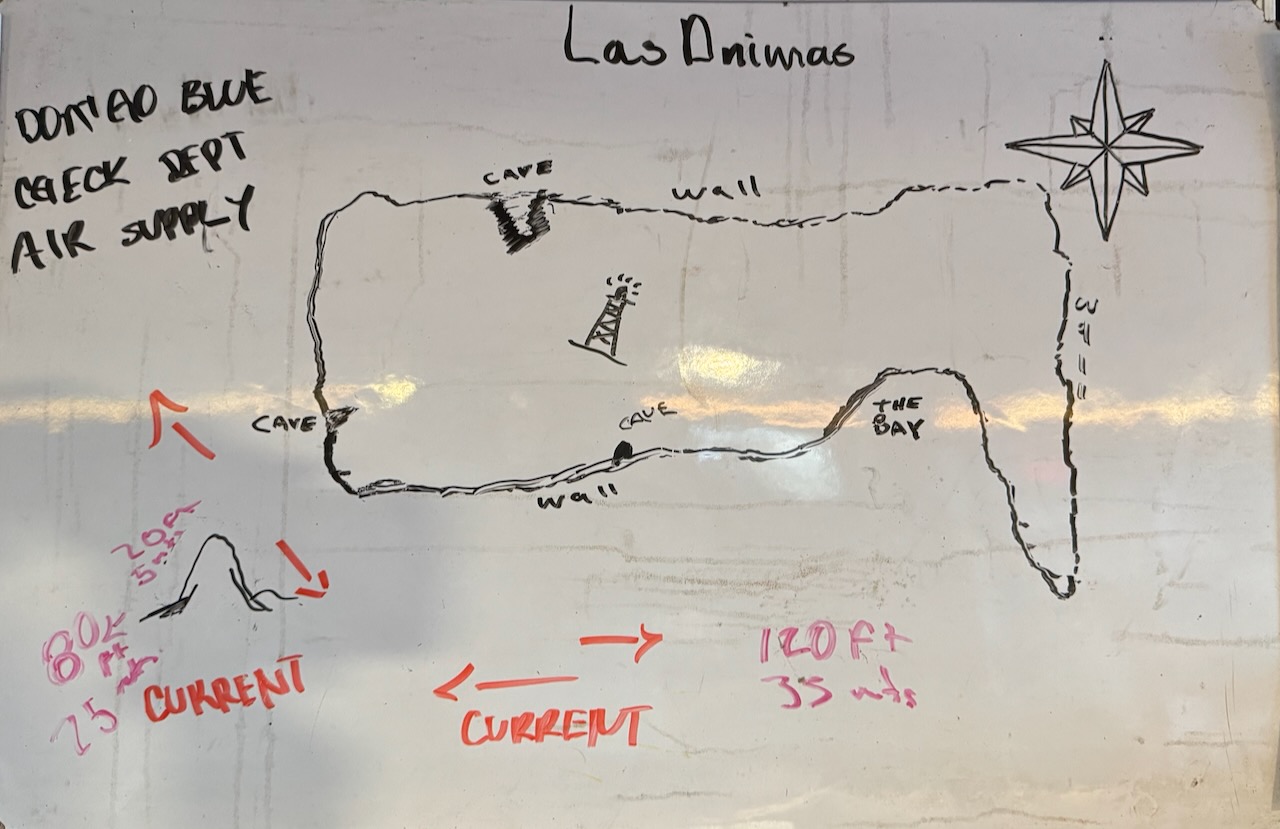
Our first two dives were all about spotting Hammerhead sharks, and it did not disappoint. This was also where we had our deepest dive of the trip. I reached 109 feet as I tried to get closer to the sharks. They were generally hanging out in the 100-160 foot range. The group before us on the fist dive mentioned that they could see as many as 40 sharks below them at once. We didn’t see that many, but we had more overall encounters during the first dive. First we saw 2, then 1, then a group of 6 or 7, then 3, then just 1 below us. On the second dive we saw another 3 or 4. We also saw a massive school of several hundred tuna. I learned later that they were black skipjack tuna.
The third dive was not very notable as our guide kept taking us into strong current we couldn’t swim against. They would have us fight the current for a minute or two, then turn us around and take us elsewhere. We didn’t really get to enjoy much as we were constantly swimming hard to get out of current or to another spot. We skipped the last dive to give our gear extra time to dry out and because we didn’t feel like doing another aimless dive.
I’m still working on the video, so I will update this post with the youtube embed once that’s done. Meanwhile, I have attached some photos from the trip below.
Here are a bunch of photos from the trip.
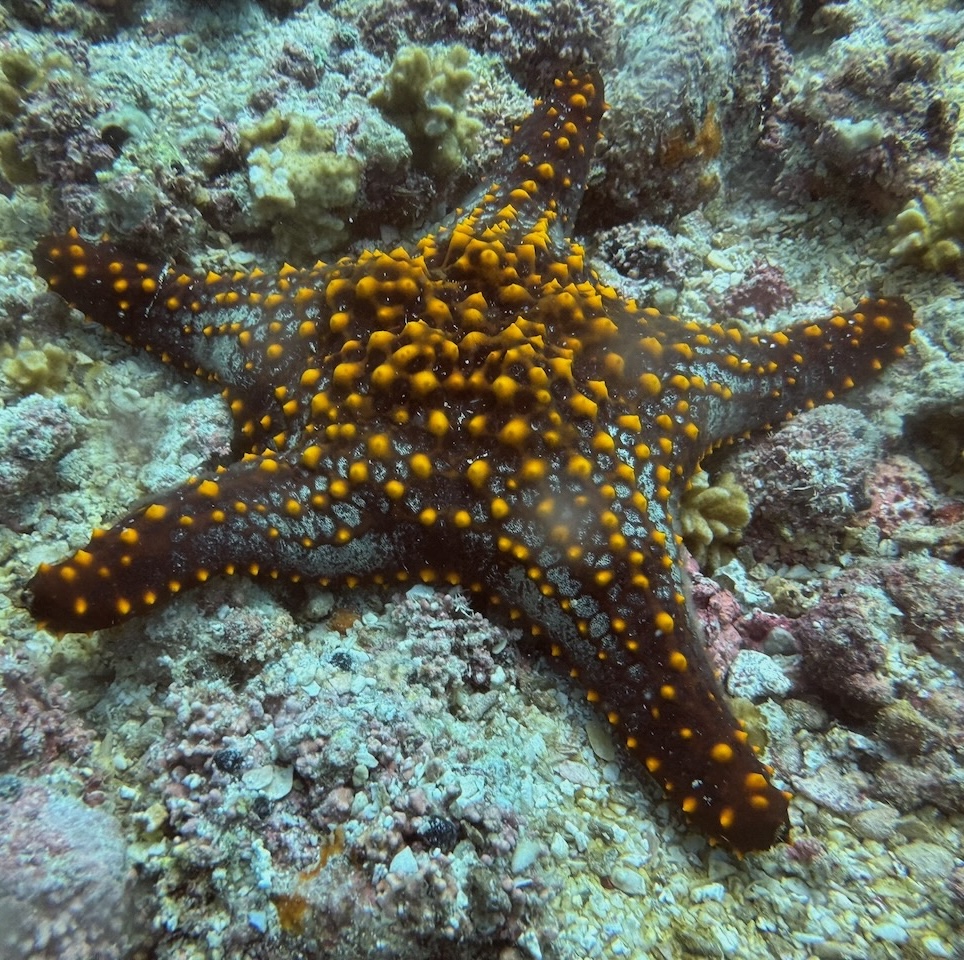

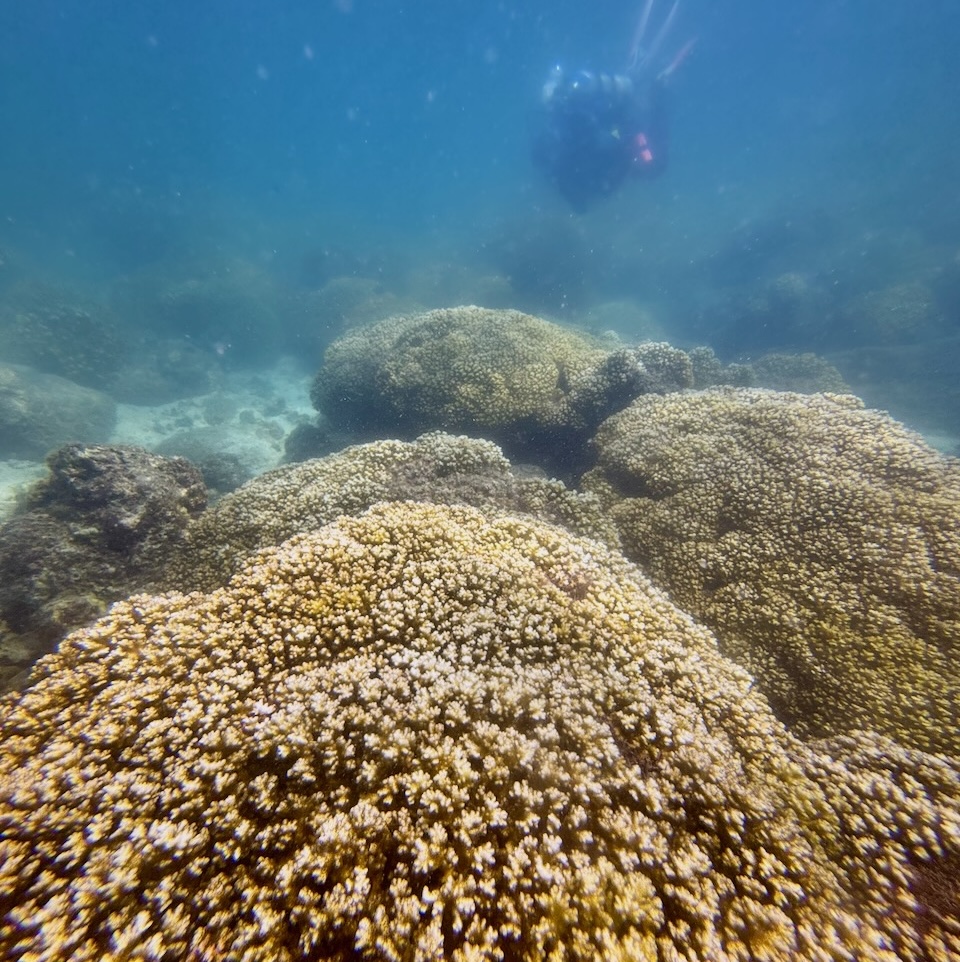
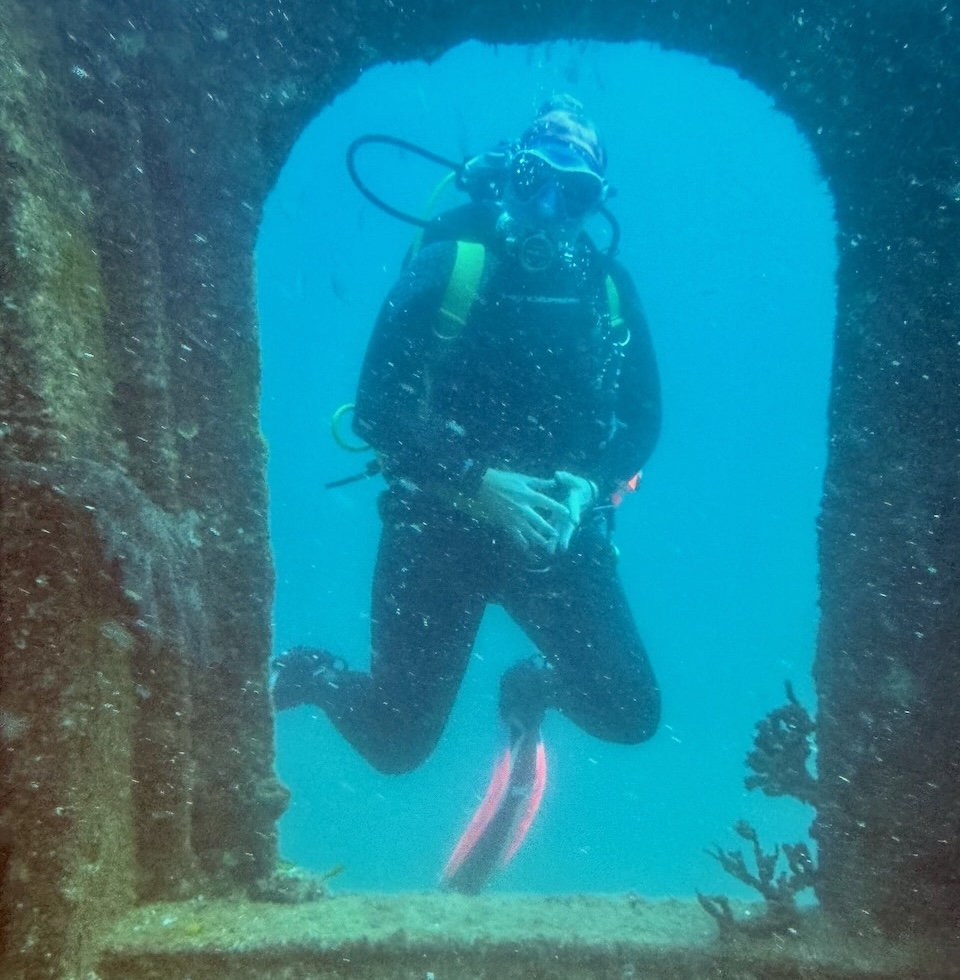
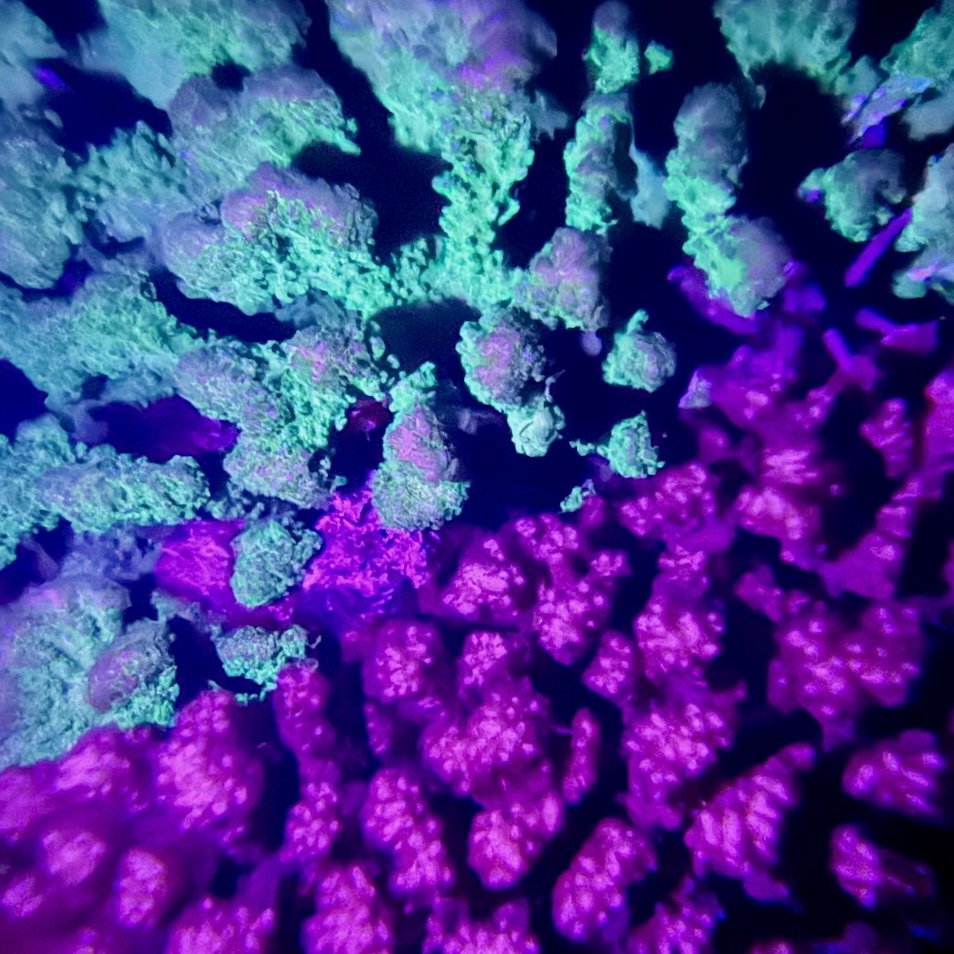
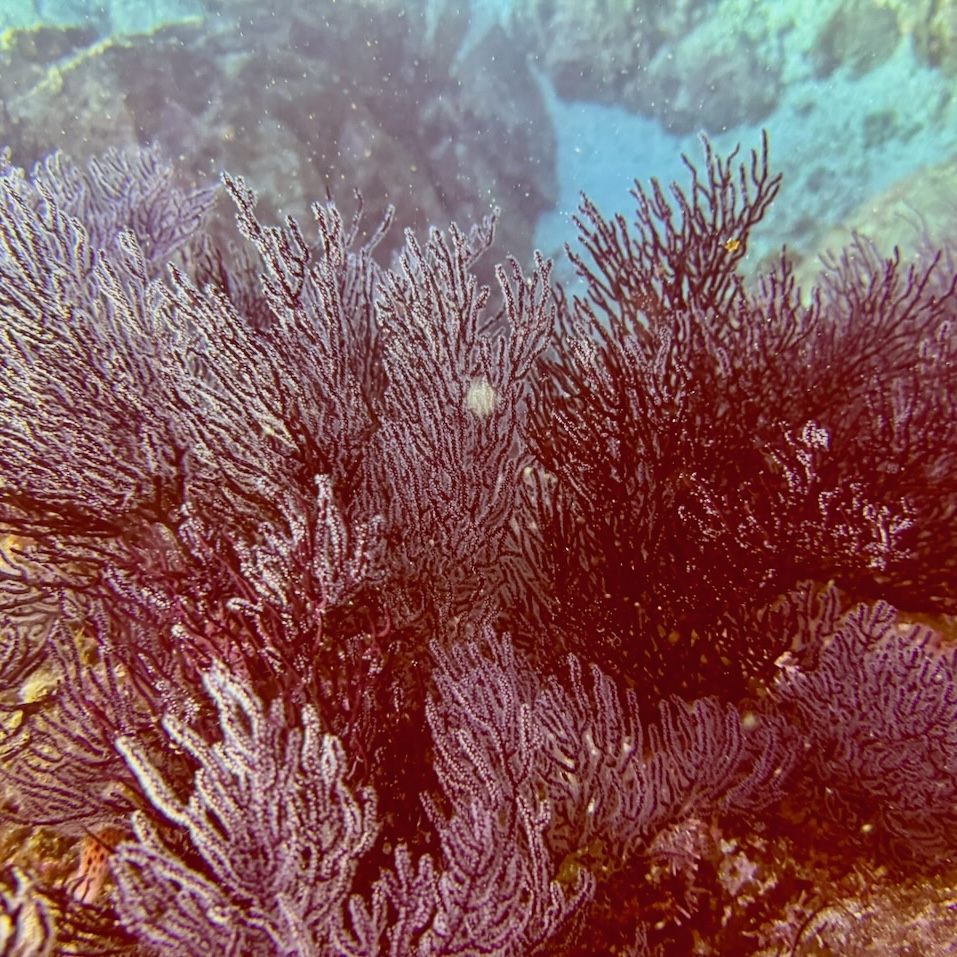

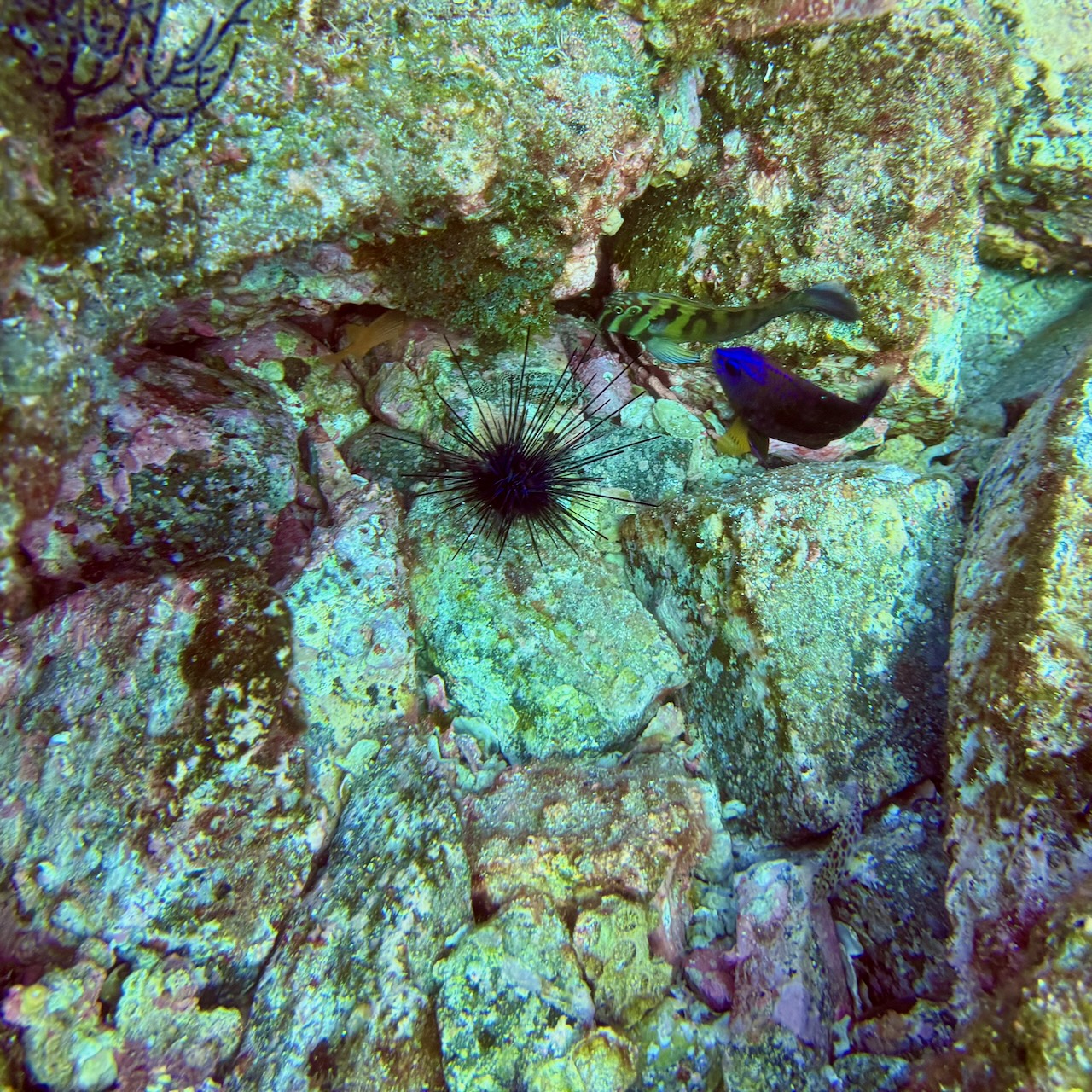
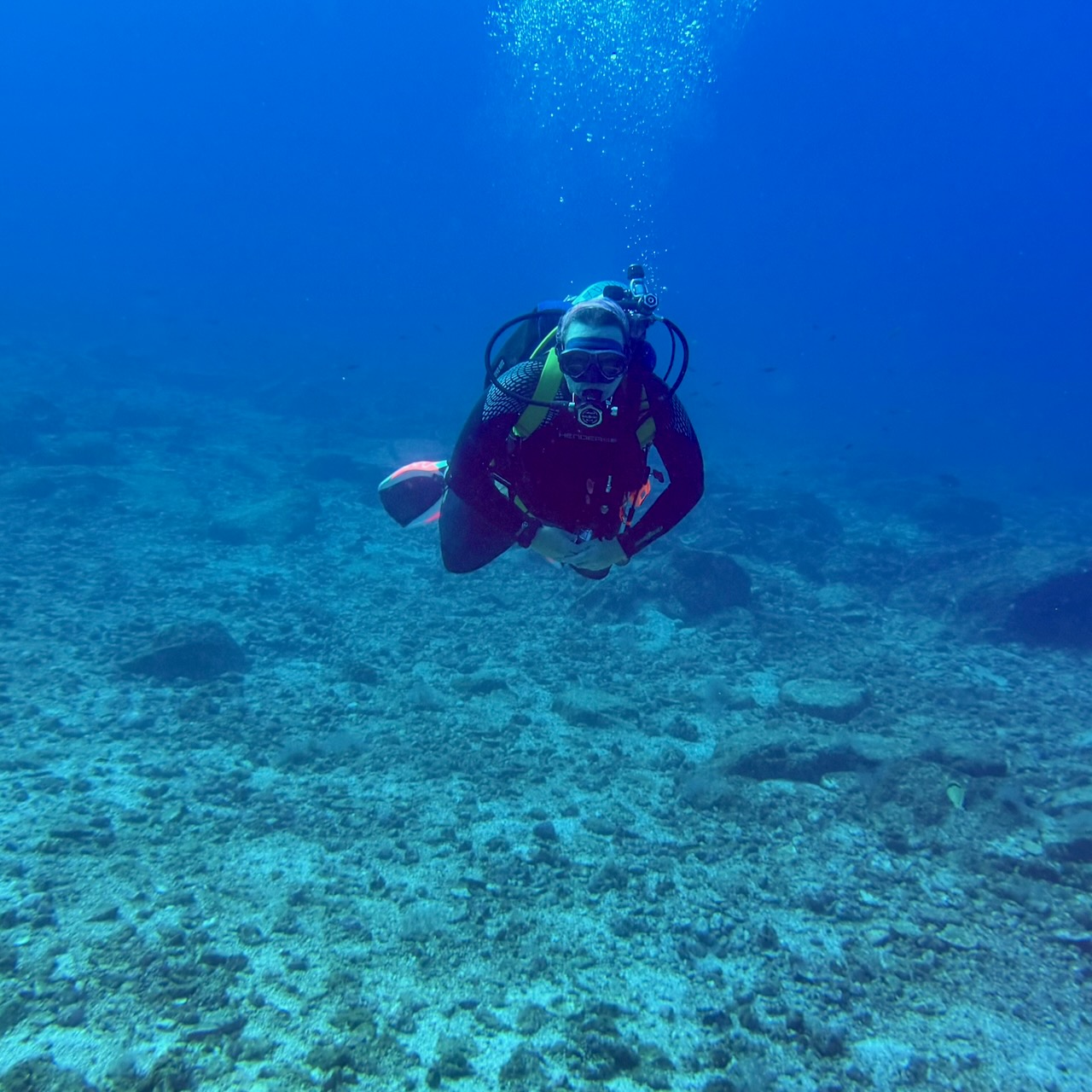

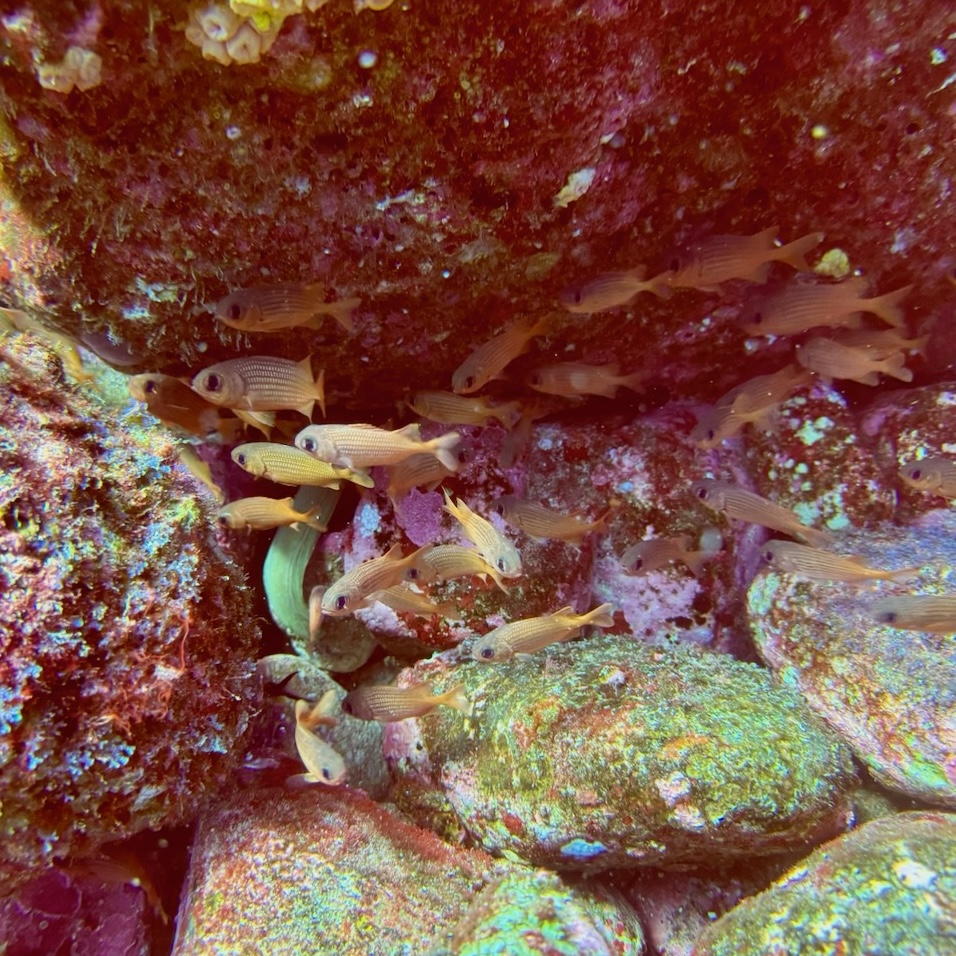
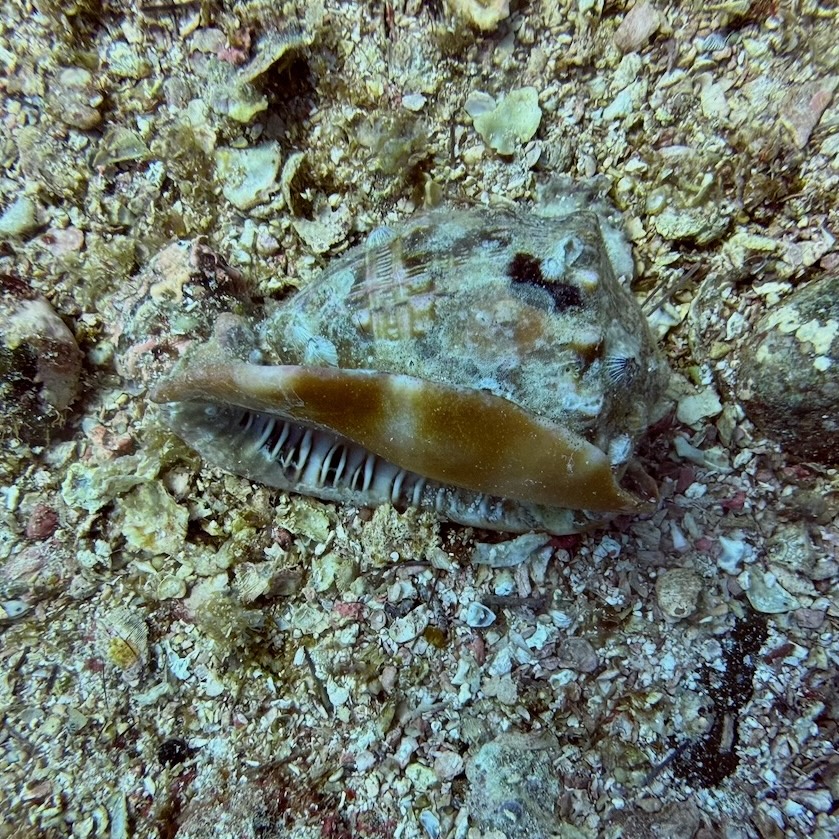
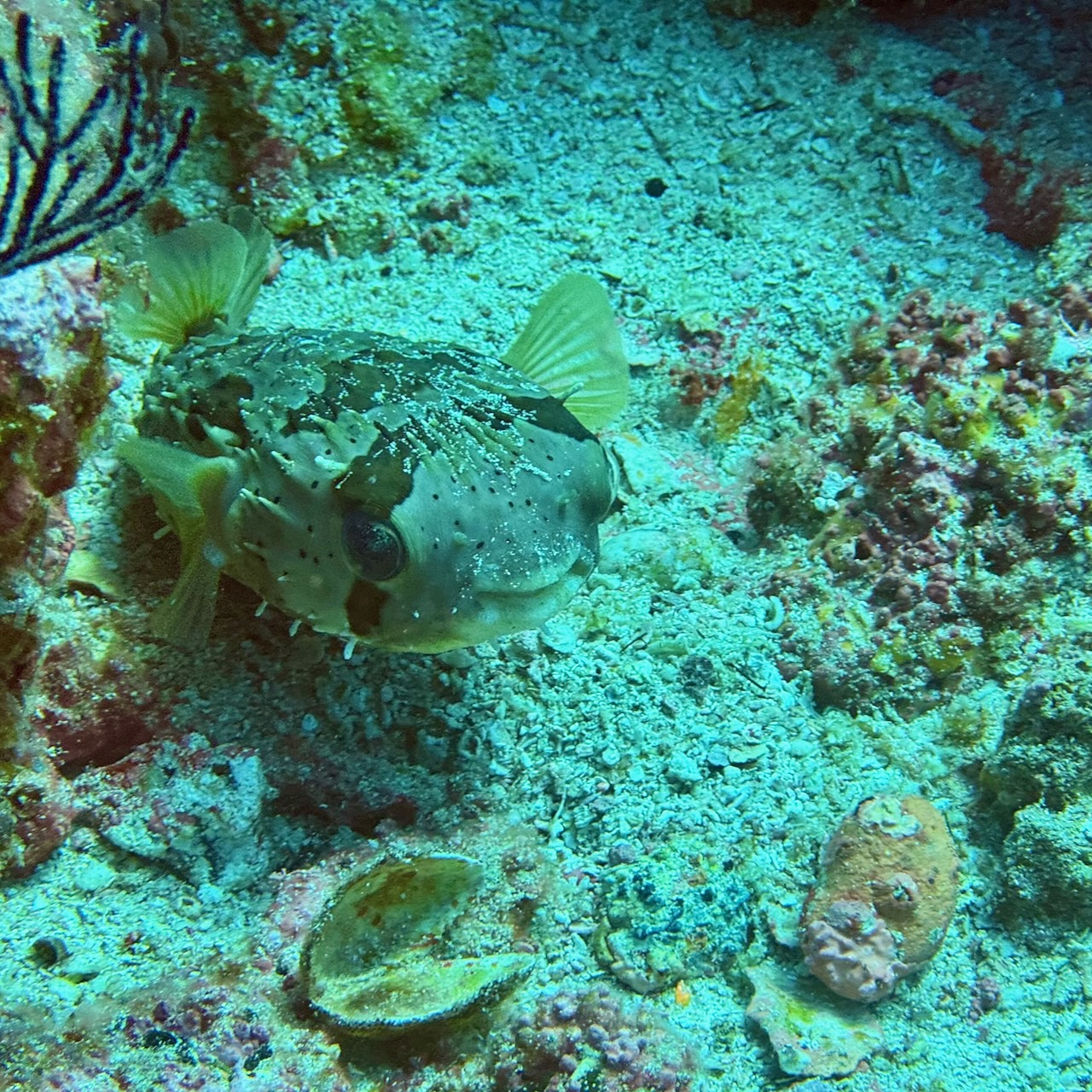
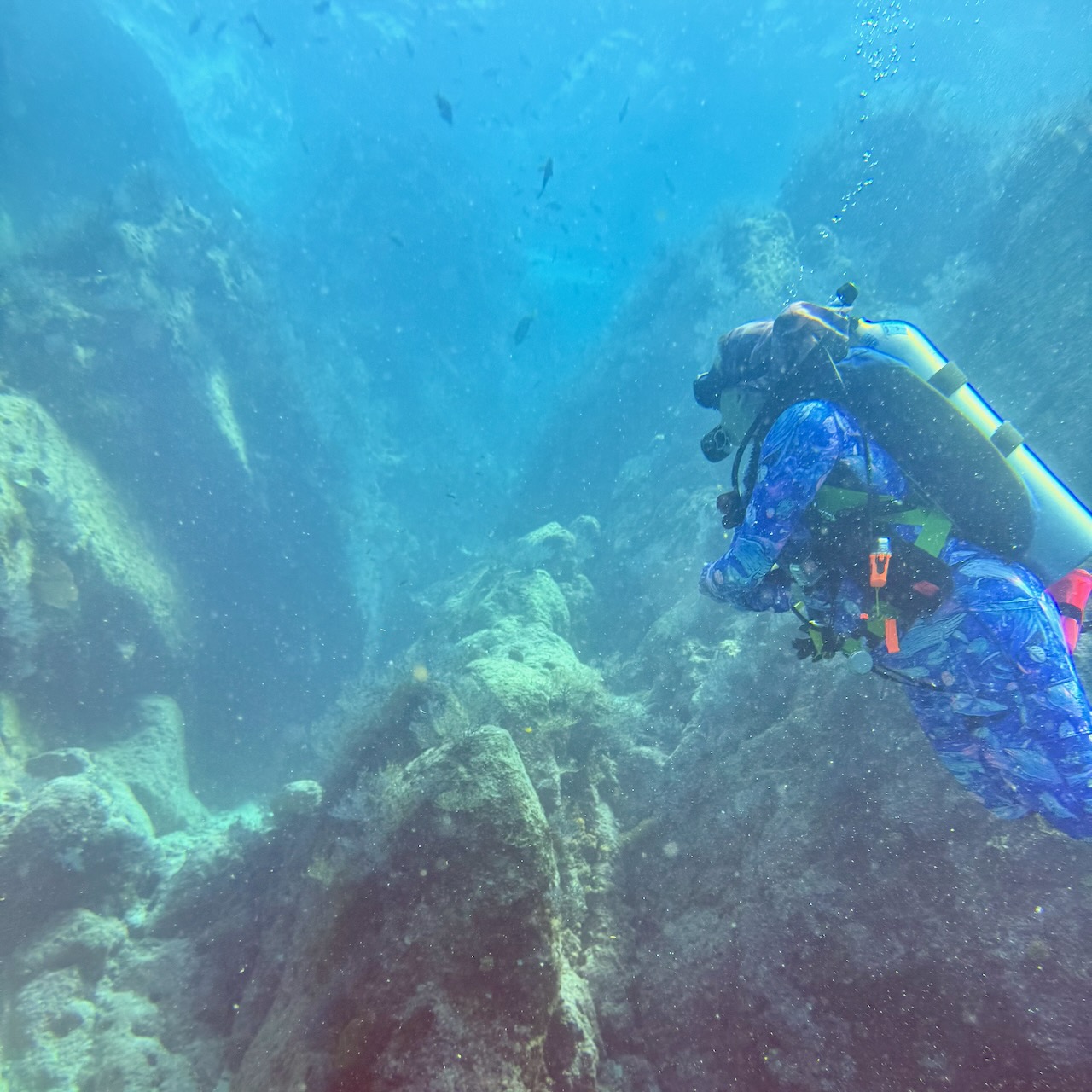
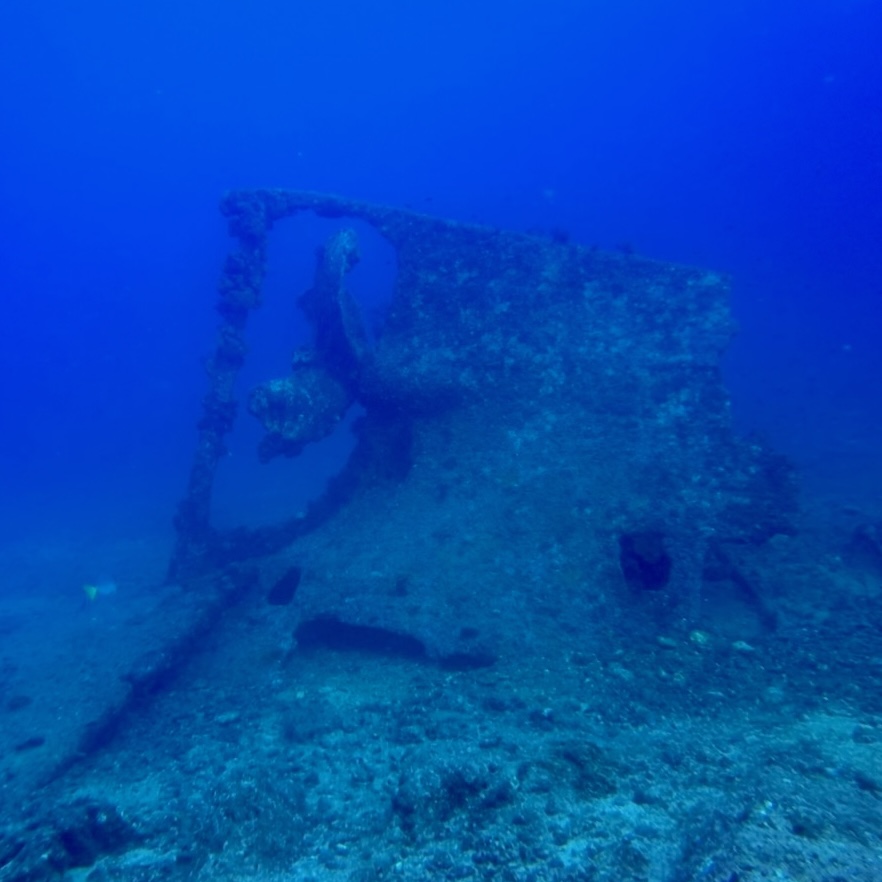
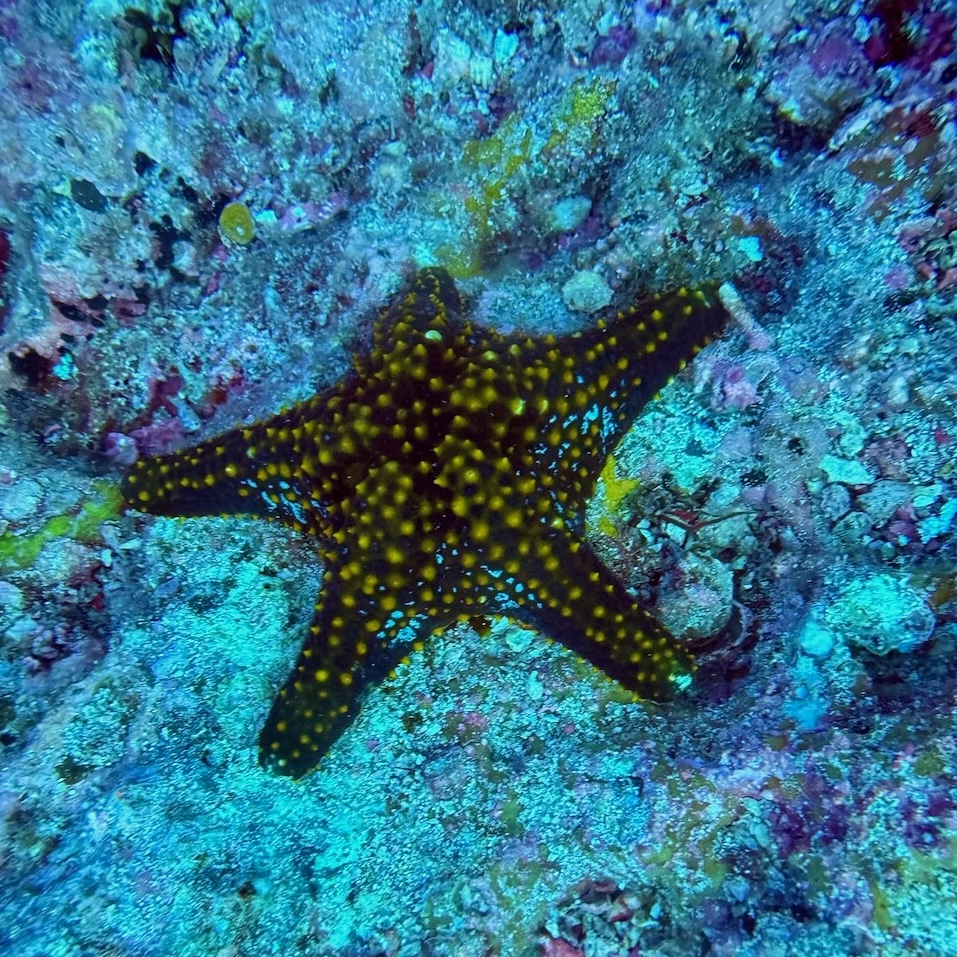
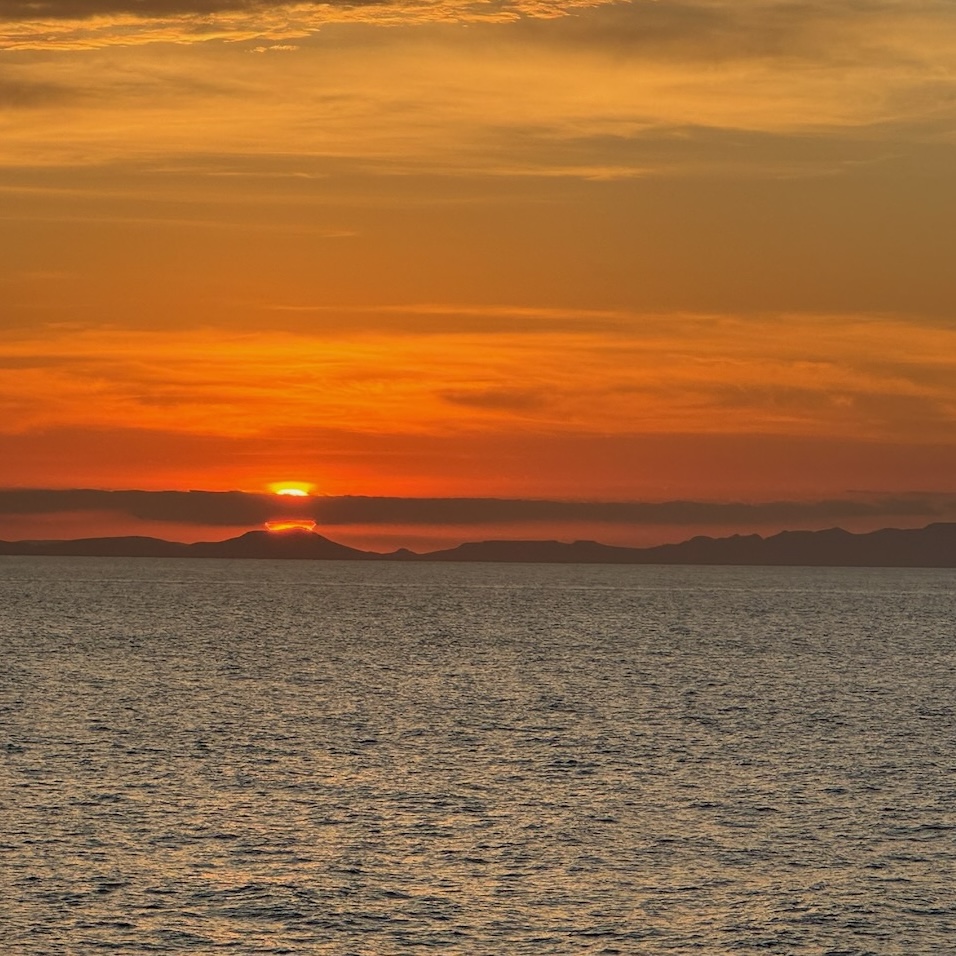

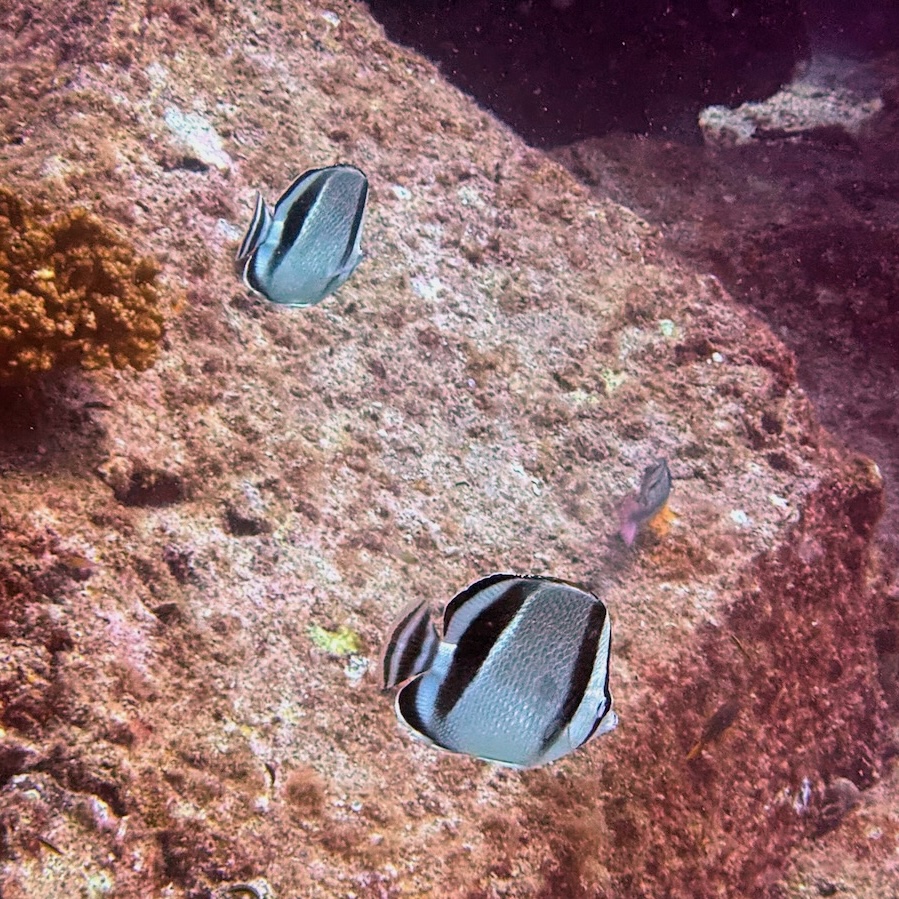
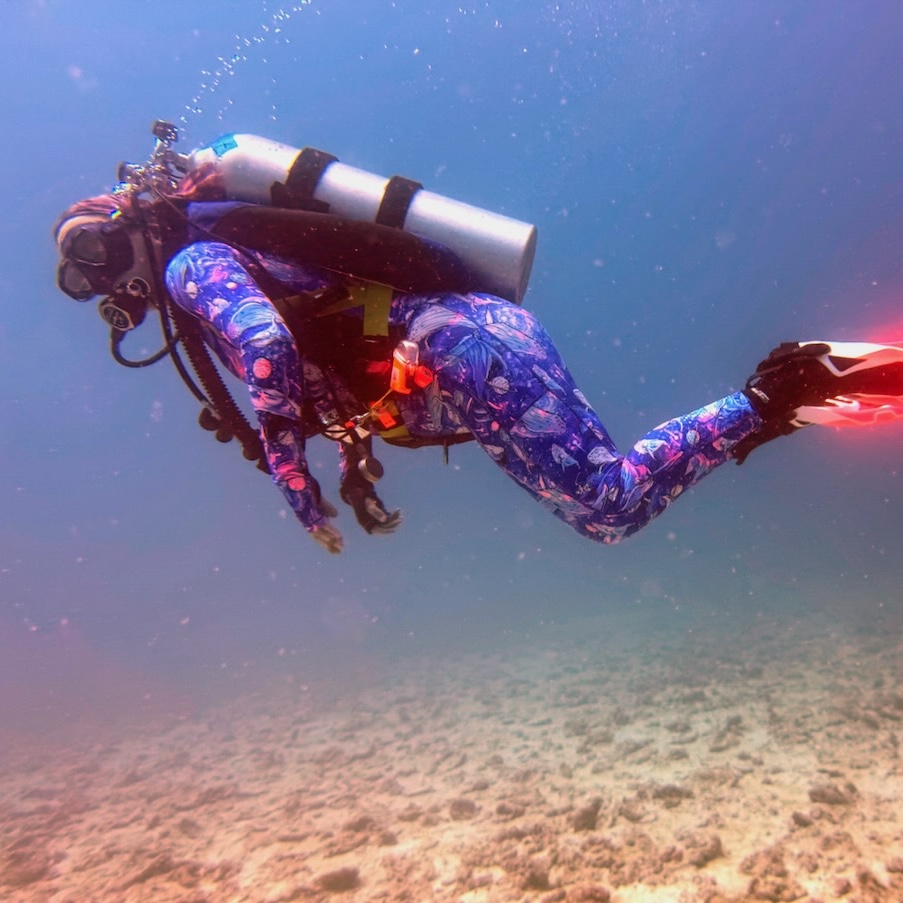

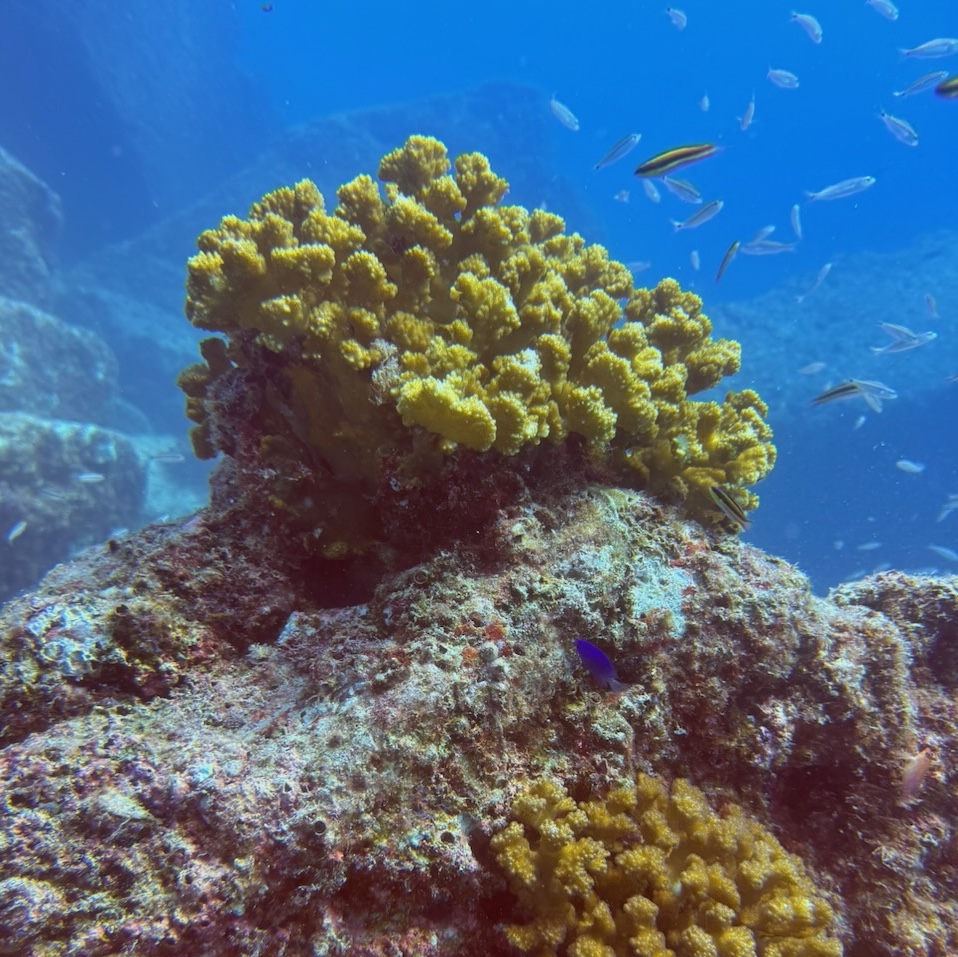
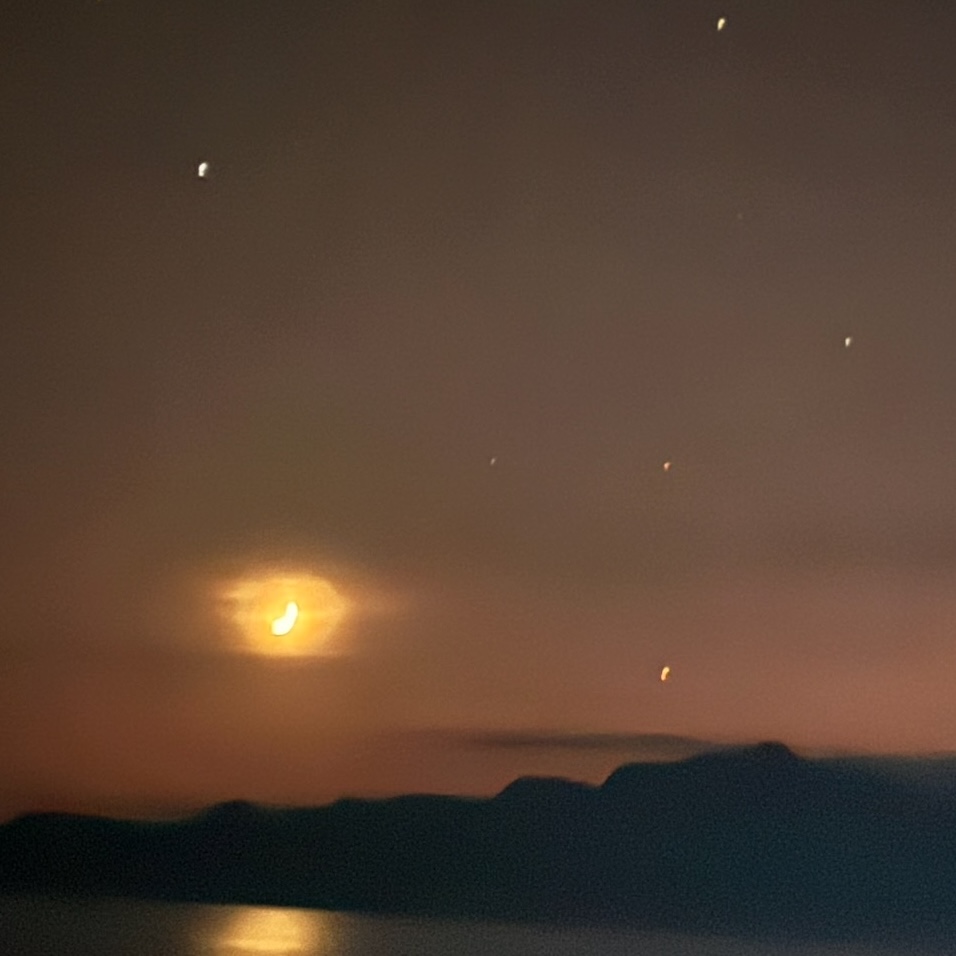
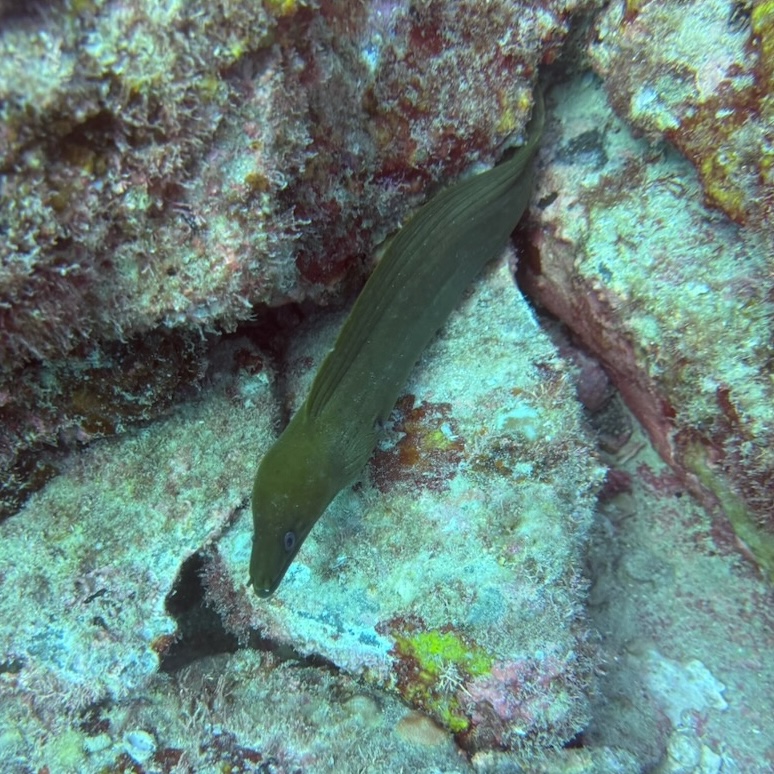

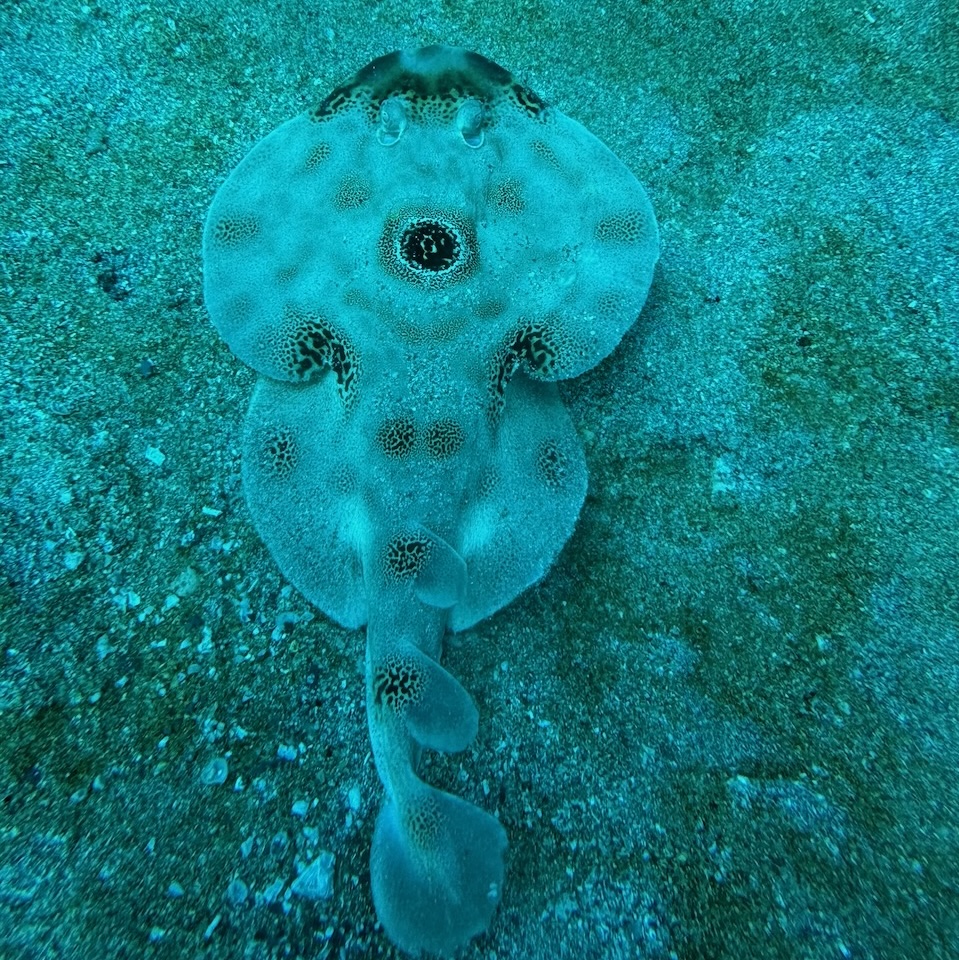
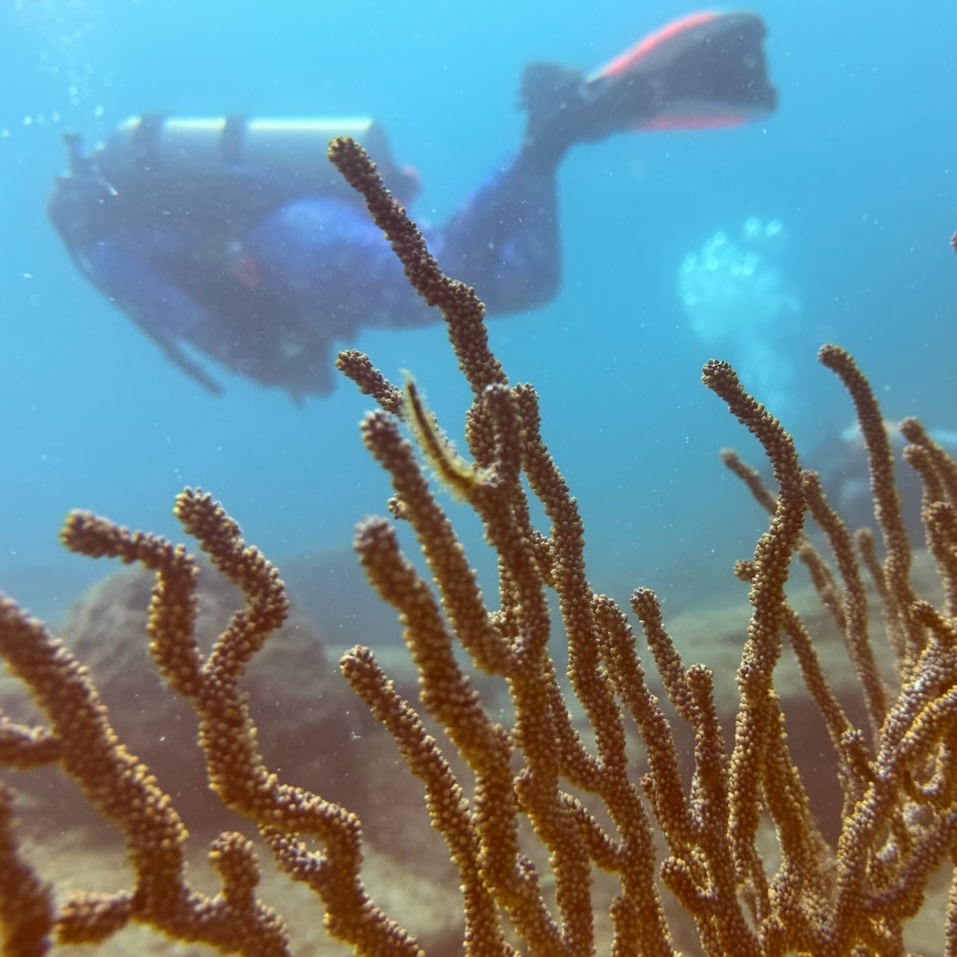

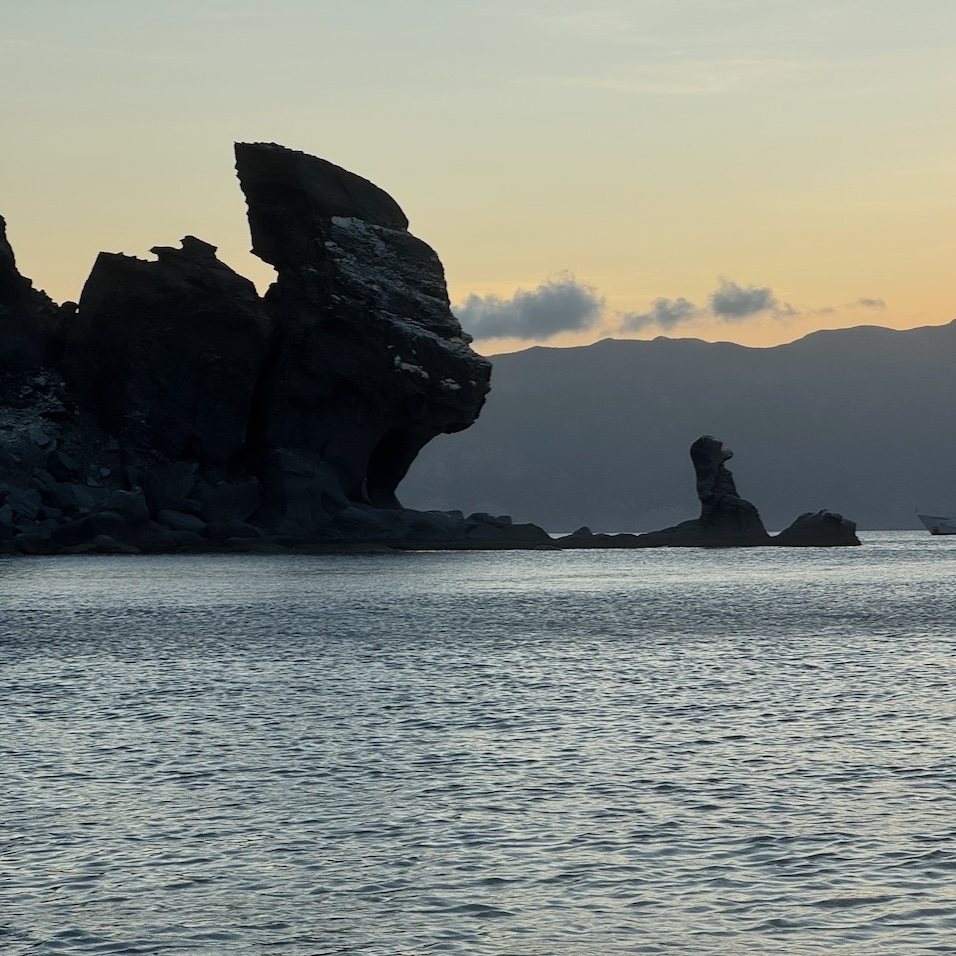
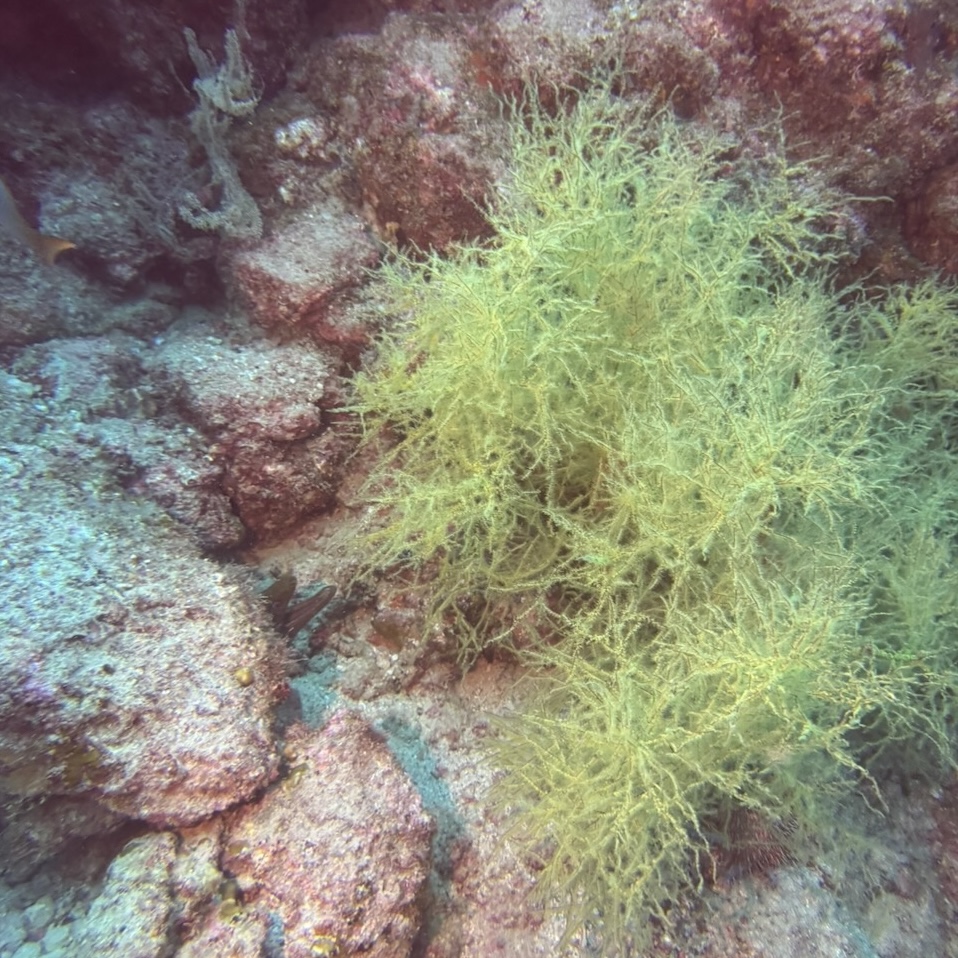
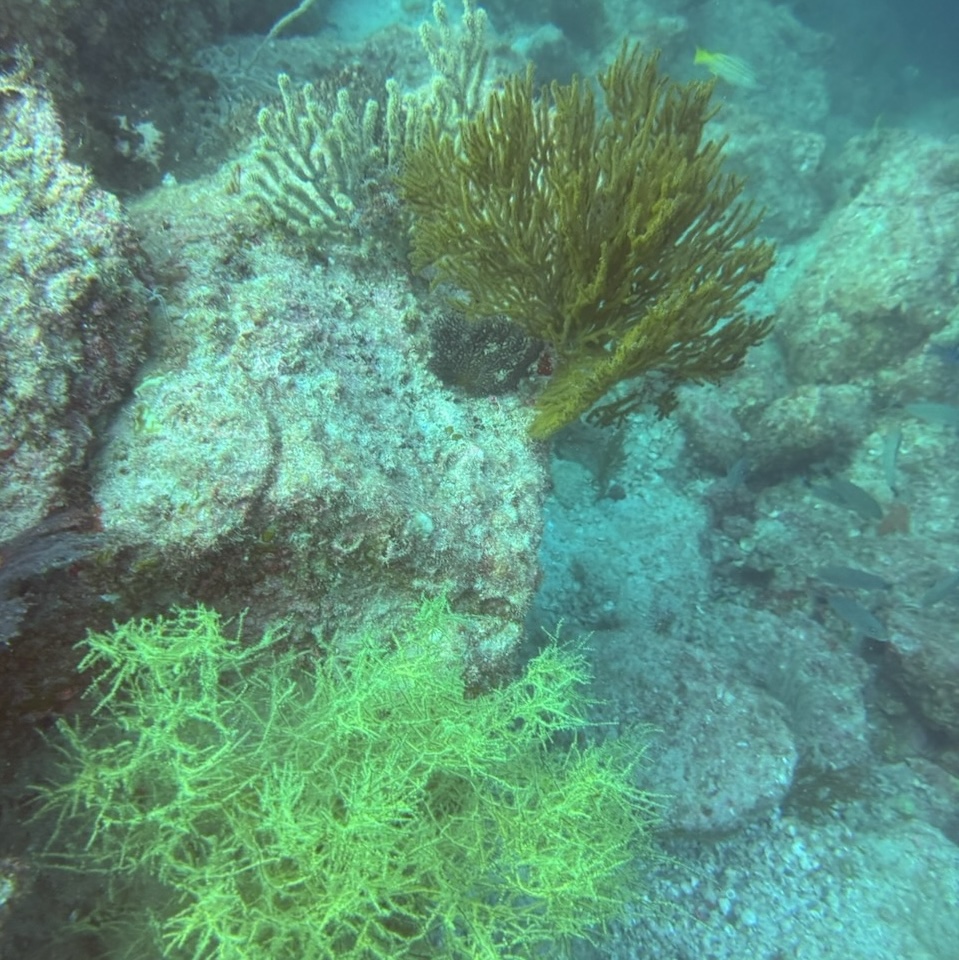
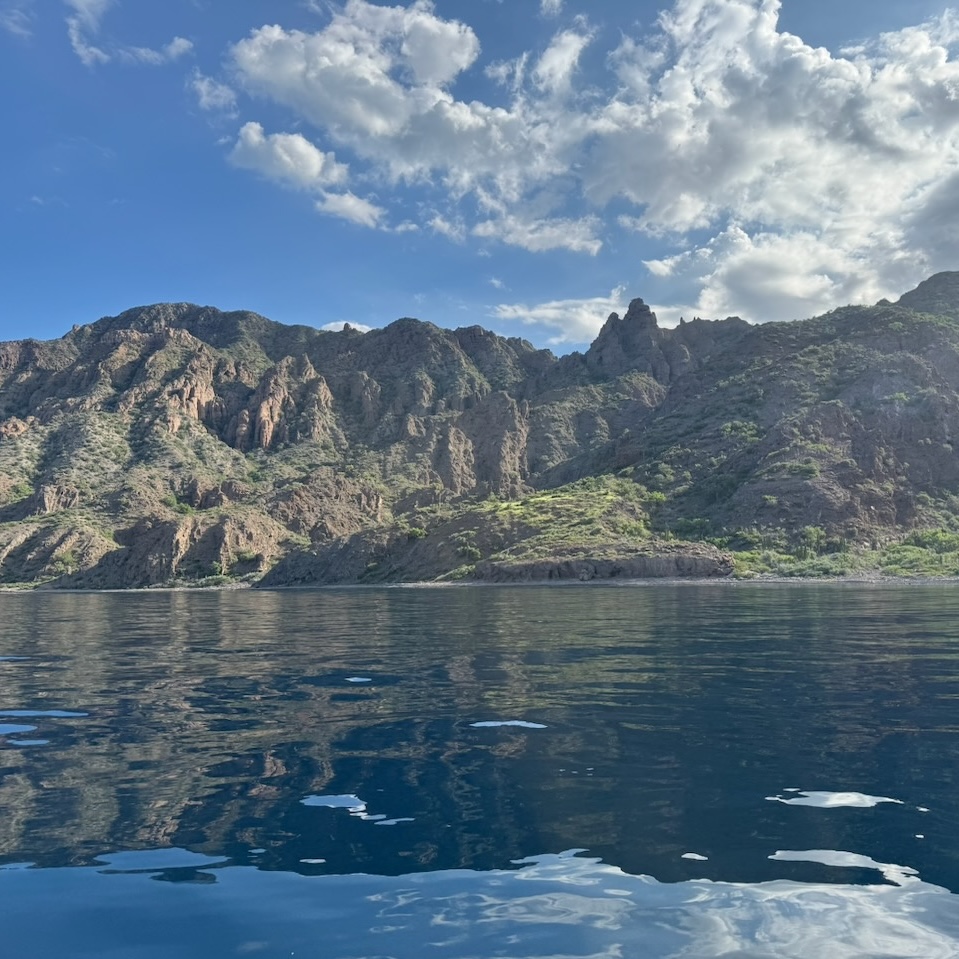
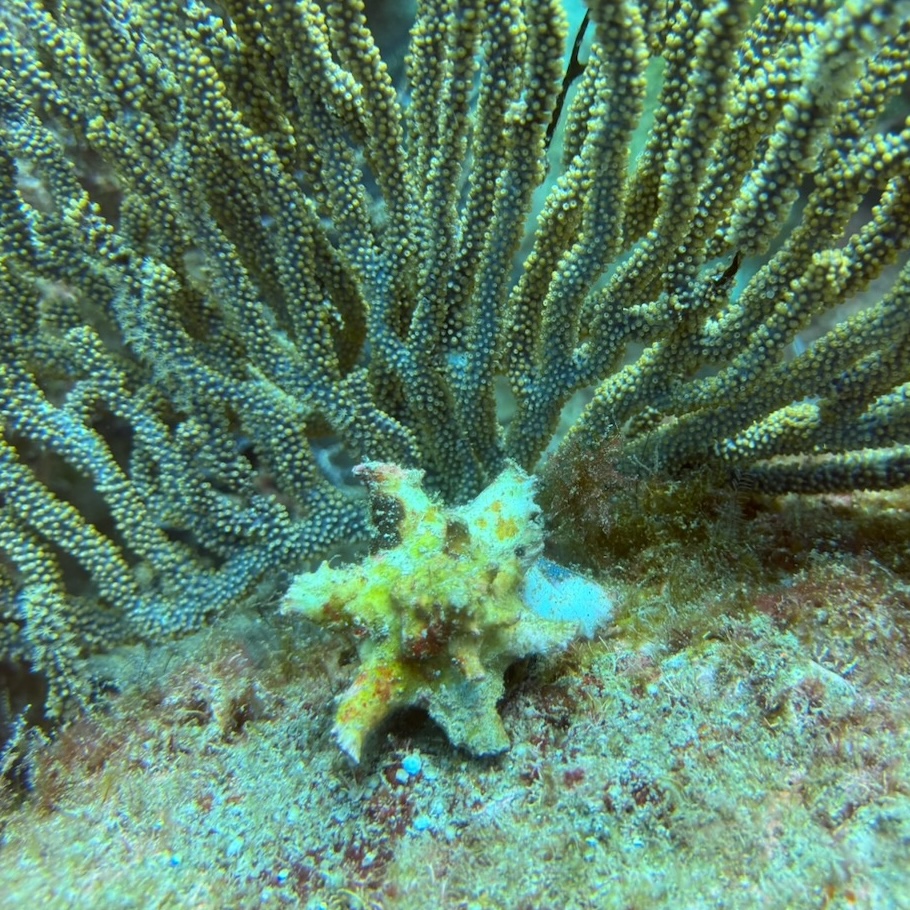
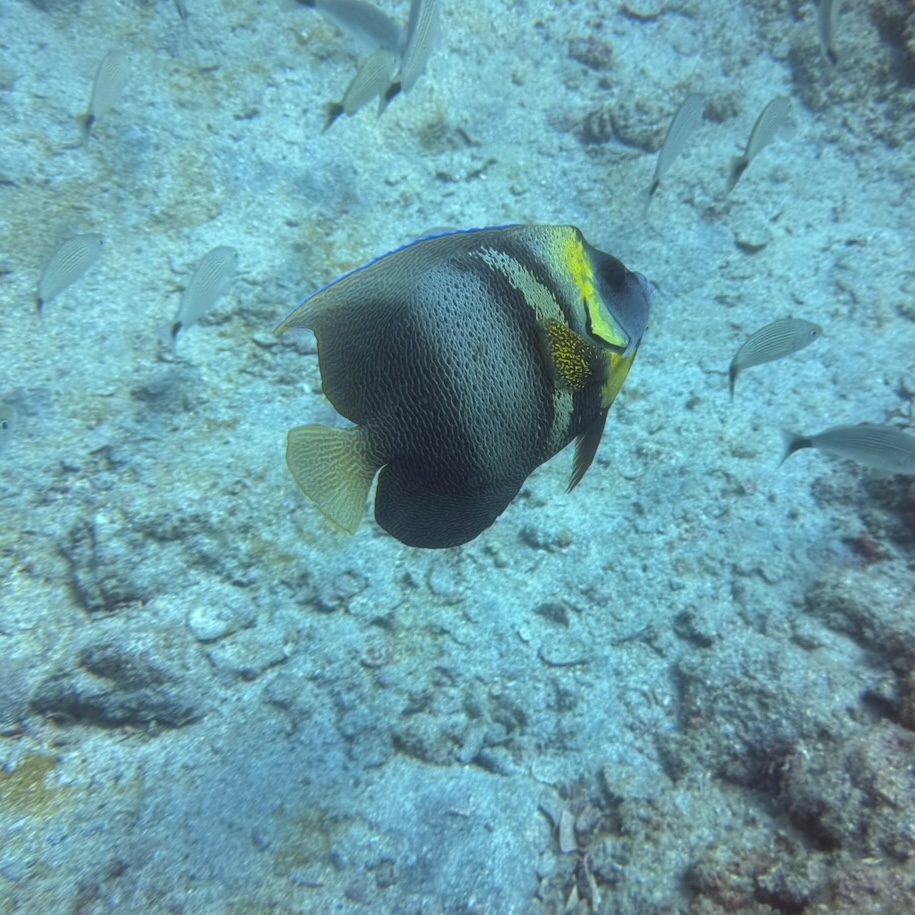

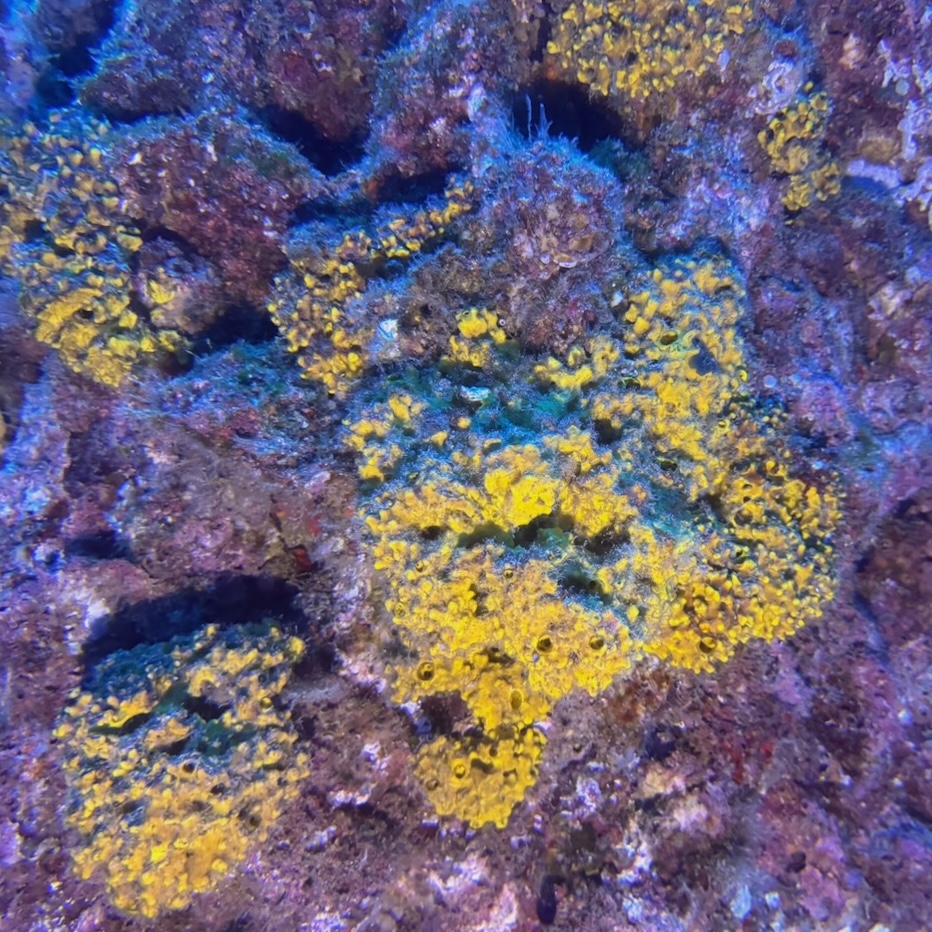
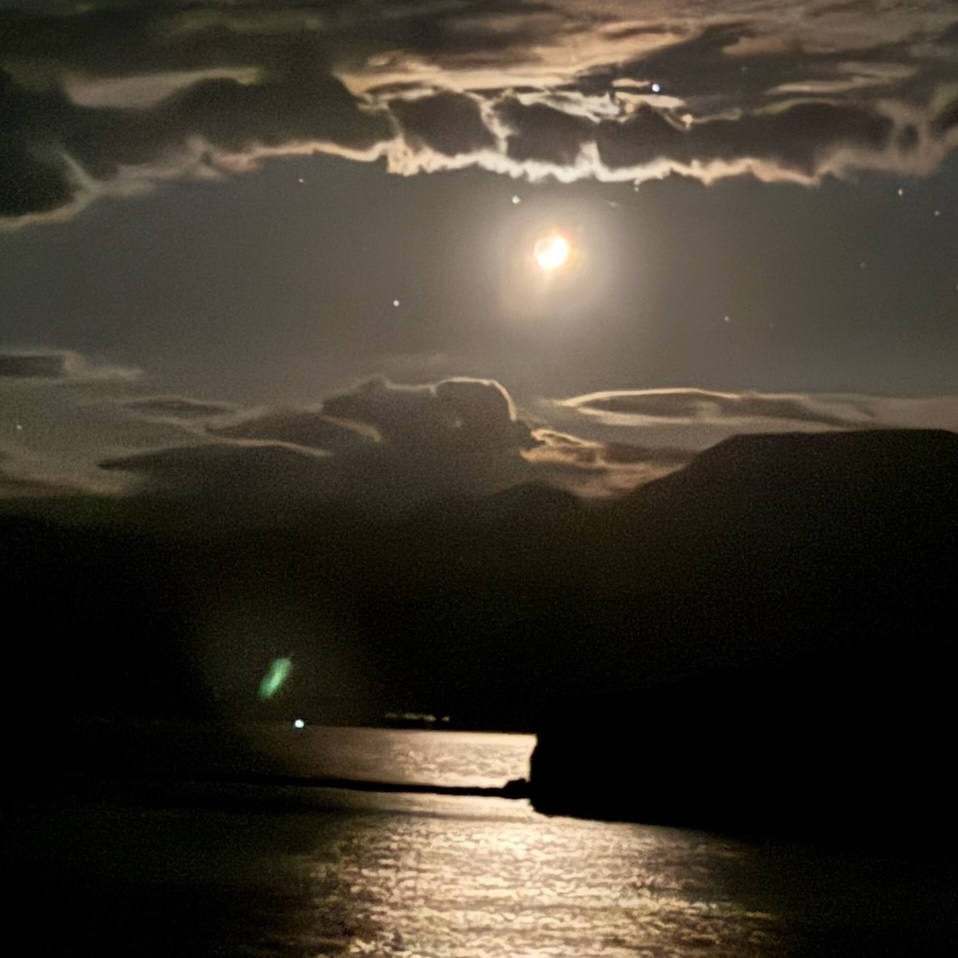
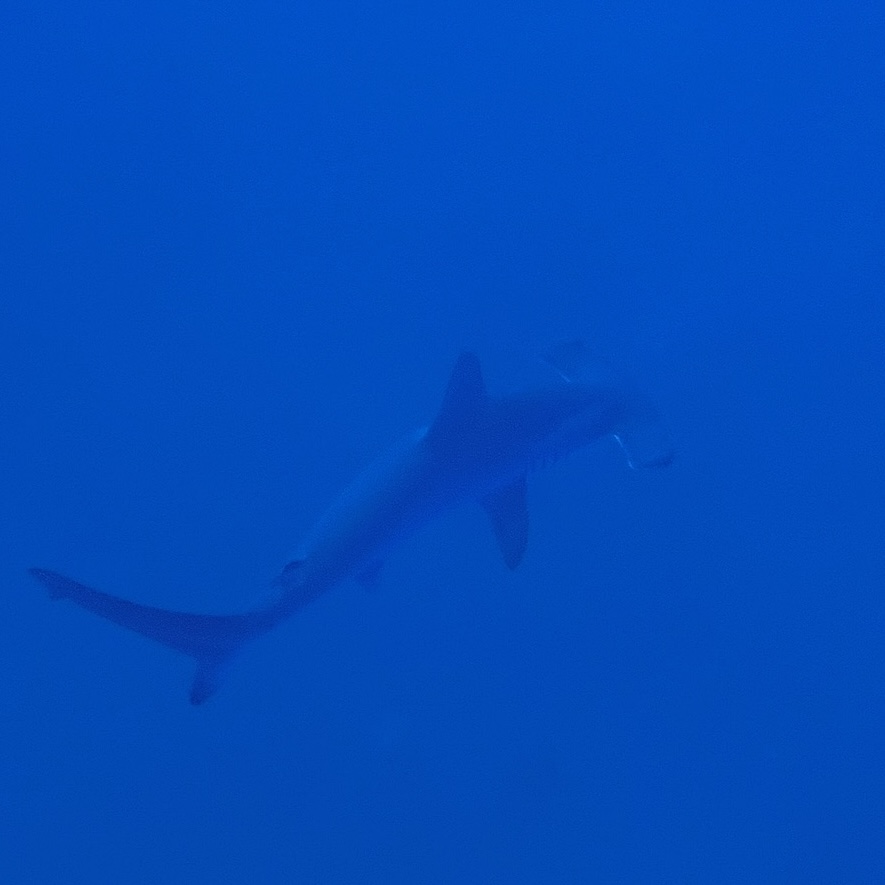

This was another loooong post, so thanks for reading all the way to the end!
